Story December 8, 2022
2022: A Year in Stories
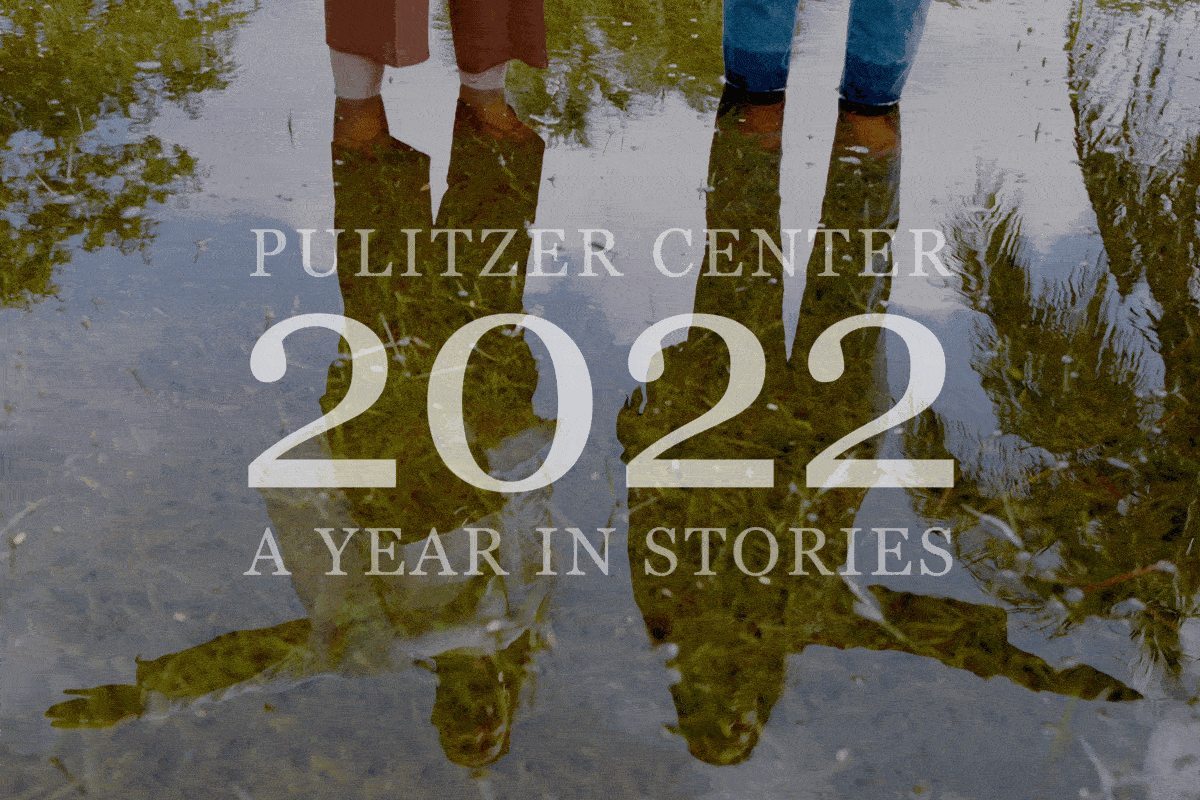
In 2022, Pulitzer Center grantees reported from 89 countries on urgent deforestation of the world’s rainforests, extreme heat, the migration and refugee crises, racial justice, reproductive rights, mass incarceration, and global conflict.
Our grantees used creative storytelling methods and formats—cinemagraphs, short documentaries, photo essays, illustrations. They continued shining a light on underreported stories, and stuck with those stories—some for multiple years, pointing to the interdependent nature of our challenges and exploring possible solutions.
Of the over 250 projects and thousands of stories supported by the Pulitzer Center this year, this list represents just 36 of our staff’s 2022 favorites to highlight.
We heard from our readers this year that Pulitzer Center journalism is invaluable and essential—that it helps you be creative and positive thinkers, and widens your scope of understanding by making more of the world visible. In partnership with our grantees and education partners around the world, we intend to continue doing just that.
Read on for our staff’s favorite stories of the year, and help us continue telling these stories in 2023 and beyond.
Environment and Climate Change
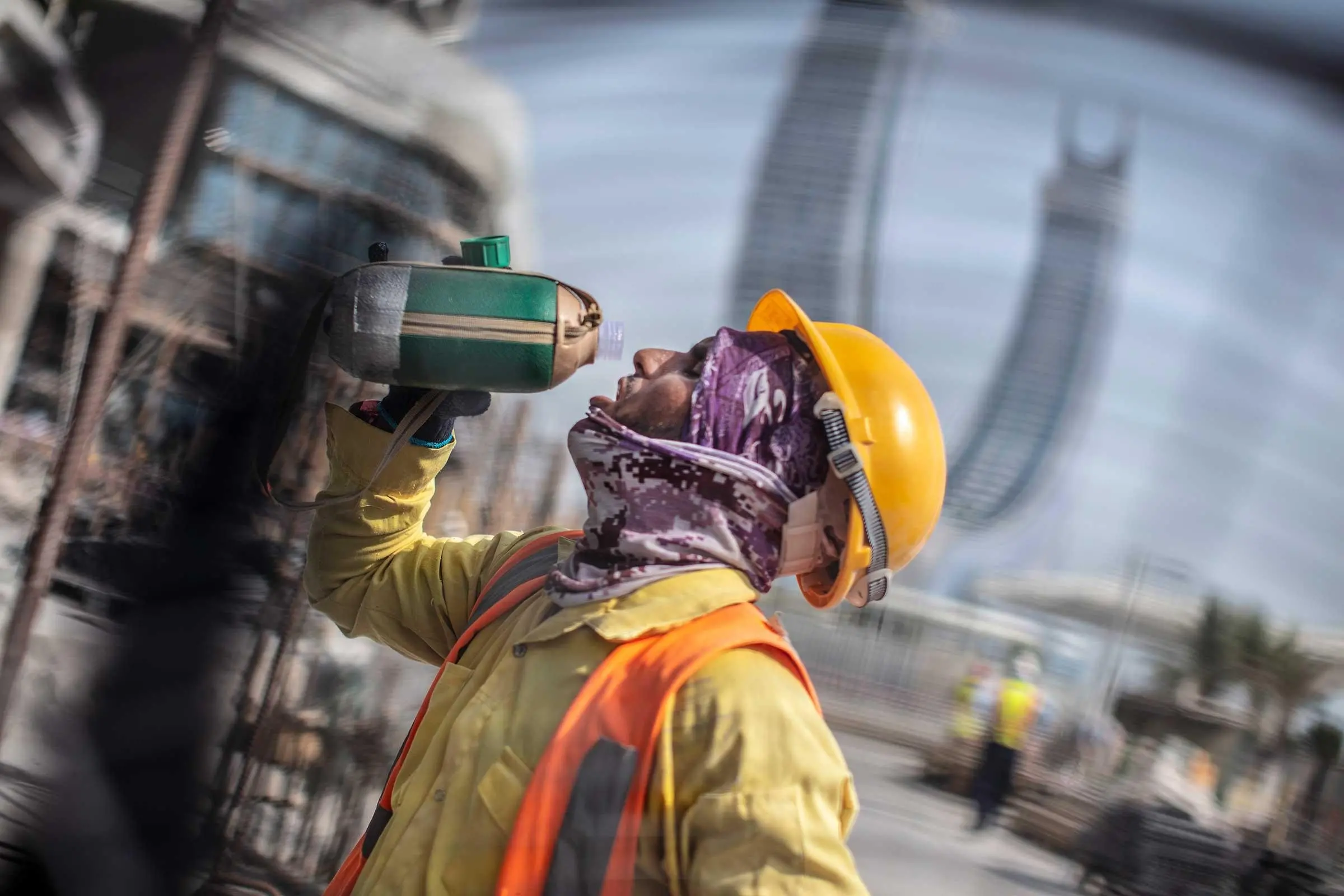
'Thousands of Migrant Workers Died in Qatar’s Extreme Heat. The World Cup Forced a Reckoning'
This powerful story triggered discussions about labor rights globally and was timely in its publication right before the World Cup. Some soccer fans decided not to watch the World Cup after learning of the rights violations and their impacts on migrant workers’ health as a symbol of protest against FIFA and the Qatari government.
— Grenti Paramitha, Education Coordinator, Southeast Asia
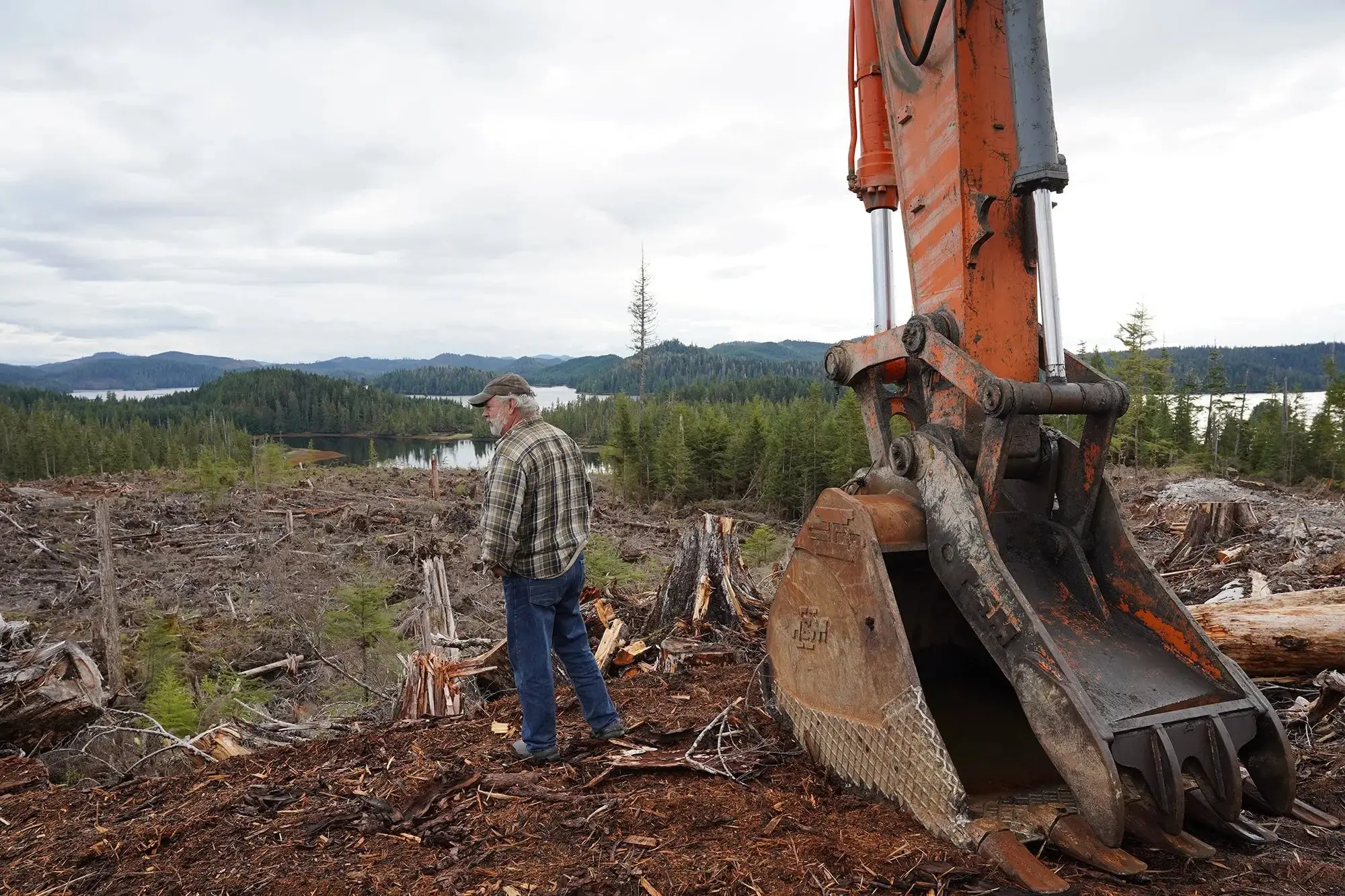
Deeply reported account of back-door logging in Alaska's old-growth forests, using text, images, maps, and graphics to great effect. A powerful example of what's possible when outlets collaborate on long-term investigative projects.
— Mark Schulte, Education Director
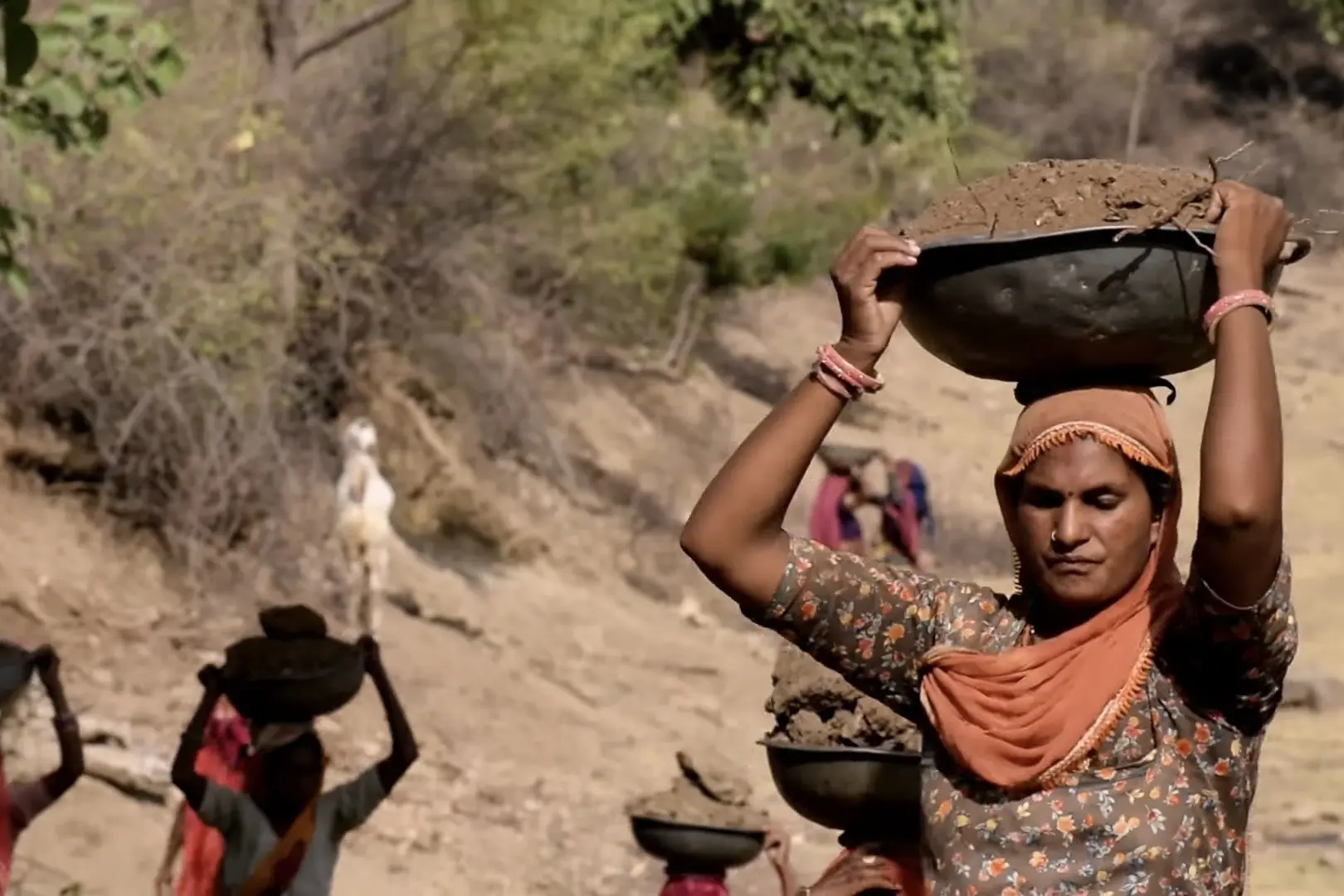
'Can India Adapt to Extreme Heat?'
A film that portrayed the risks of climate change across industries and generations, powerfully told with Indian voices and producers.
— Christine Spolar, Climate and Labor Editor
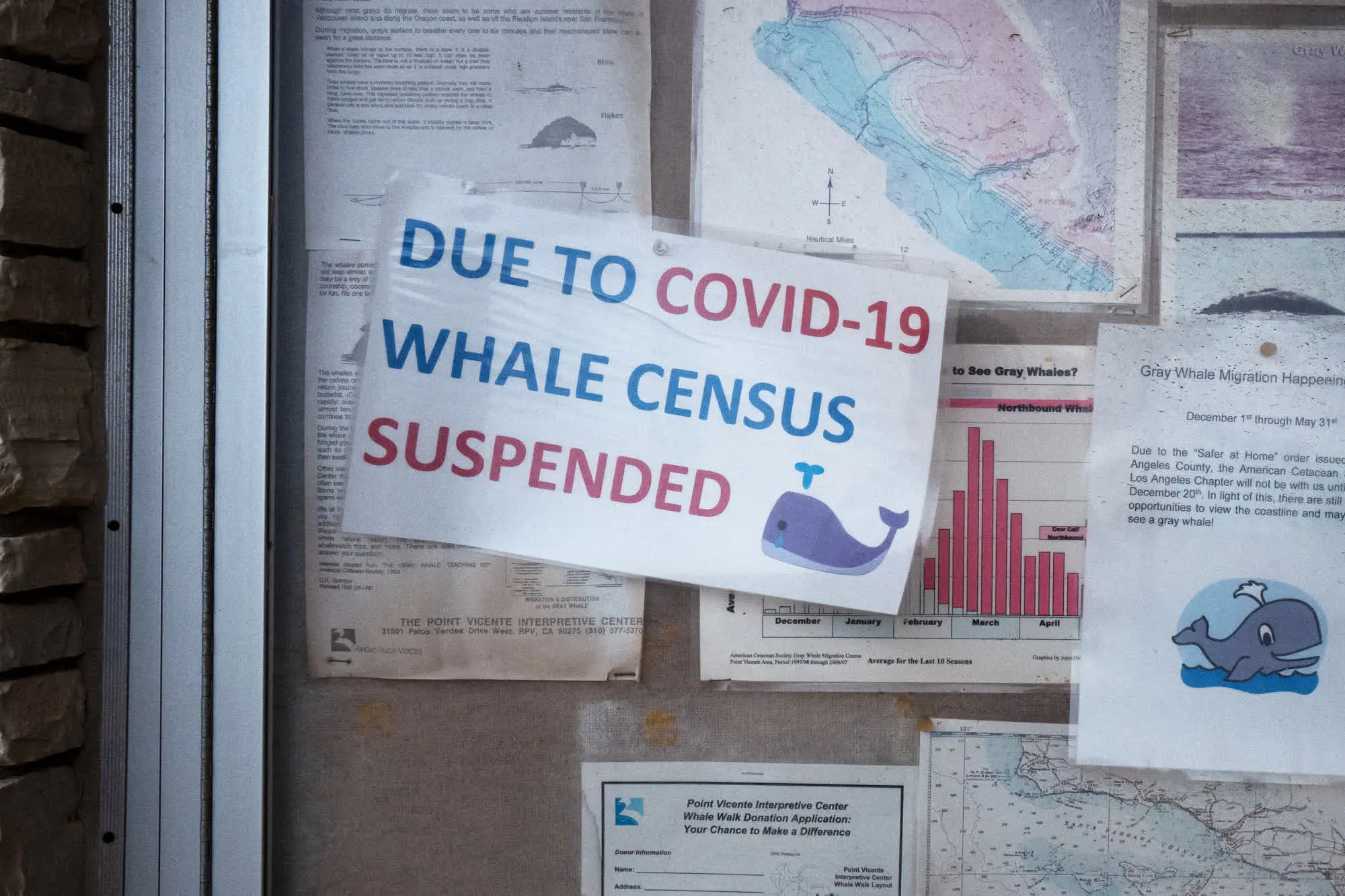
'Gray Whales Are Dying Along the Pacific Coast'
Daniel Wolfe's reporting project uses captivating design, data analysis, photos, video, and animations to chronicle the international group of scientists, field biologists, and volunteers who are investigating the mysterious deaths of one of the world’s heartiest survivors: the northern Pacific gray whale.
— Steve Sapienza, Senior Strategist, News Partnerships
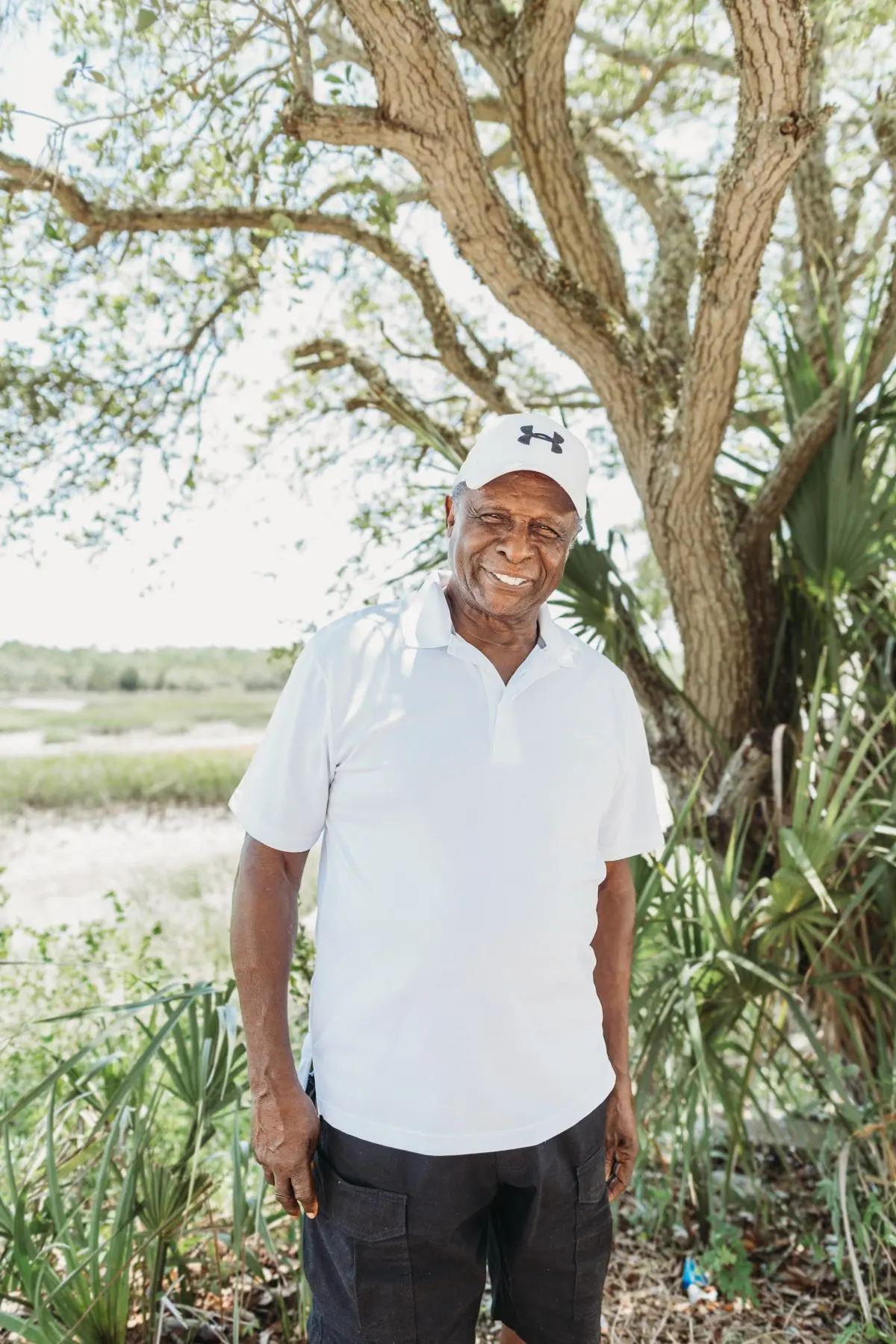
'Rising Seas Threaten the Gullah Geechee Culture. Here’s How They’re Fighting Back.'
This project documents the impact of climate change on the Gullah Geechee Cultural Heritage Corridor, addressing loss of land and property as well as a loss of history. It calls us to reflect on the resistance required to preserve the culture of the Gullah Geechee and the irrevocable damage of losing these cultural traditions due to the climate crisis.
— Donnalie Jamnah, Senior Program Manager, K-12 Education
Rainforests
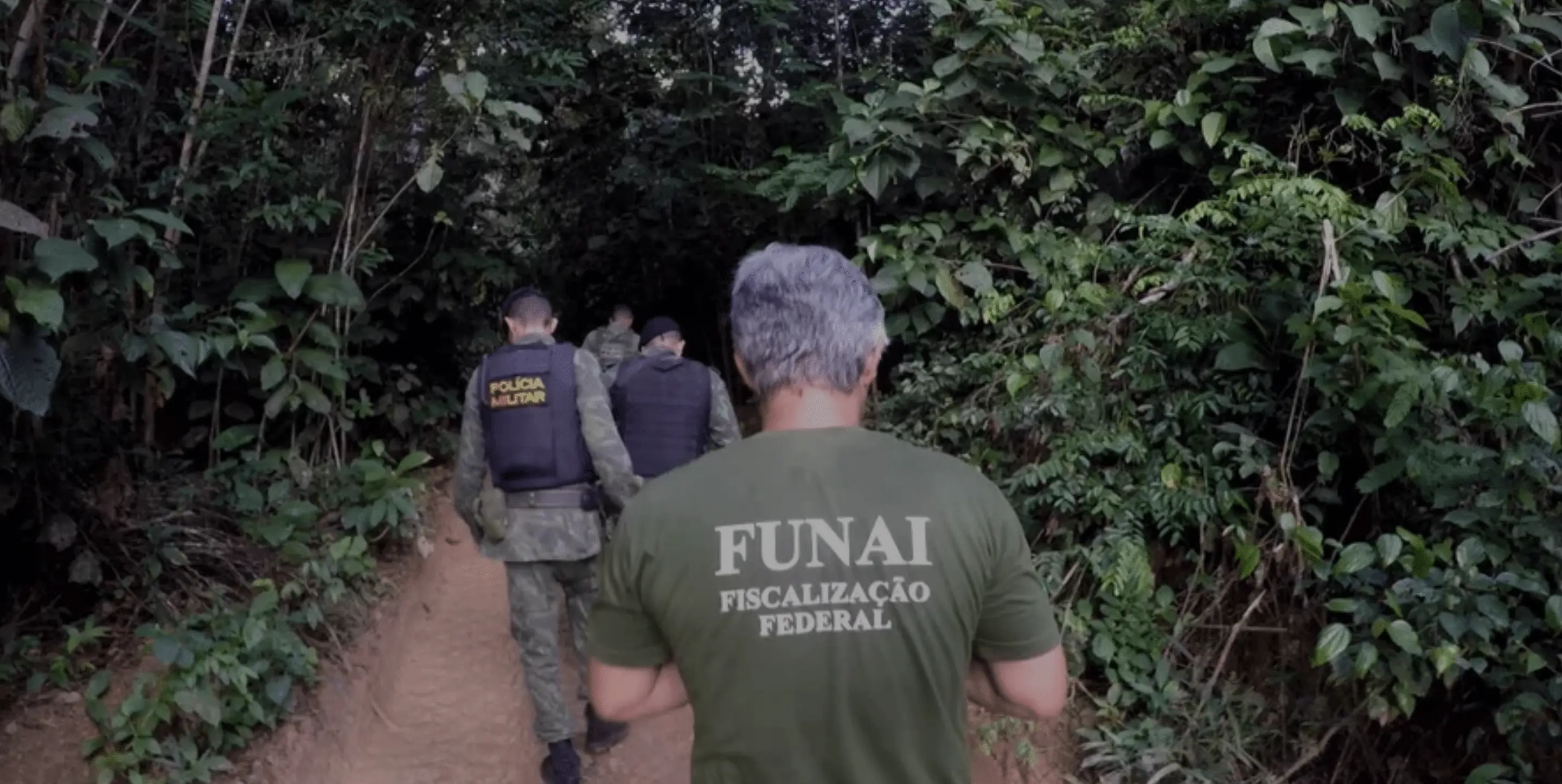
Javari, Land of Conflicts and Organized Crime
The Agência Pública team did some of the best coverage on the murders of journalist Dom Phillips and Indigenous activist Bruno Pereira in the Brazilian Amazon.
— Verónica Goyzueta, Amazon Rainforest Journalism Fund Coordinator
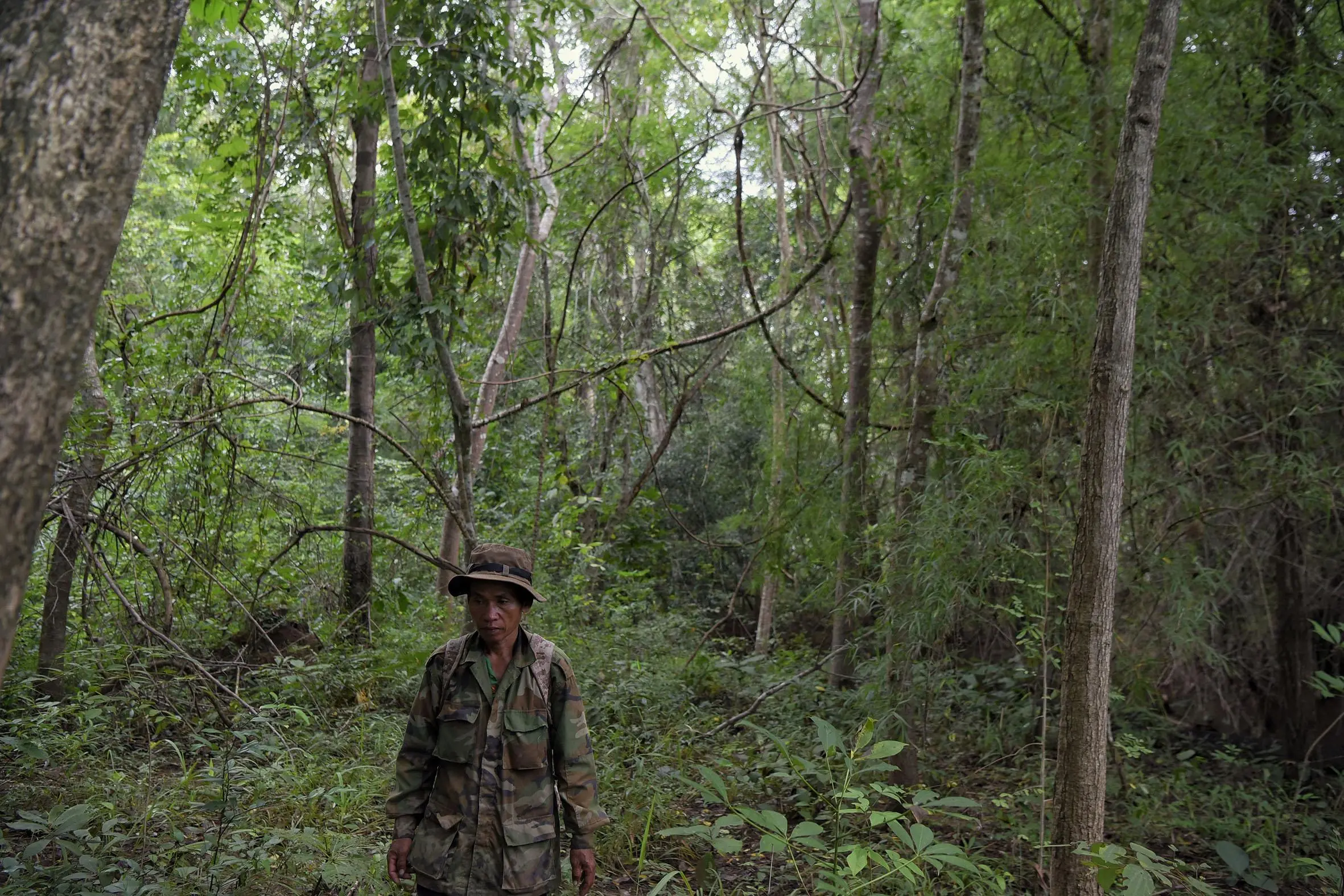
'When South-East Asia’s Forests Fall Silent'
If you close your eyes in a healthy forest, you should be able to hear all kinds of sounds. But what happens when the forest falls silent? This cross-border report shows what happens when animals are taken to be sold as pets or food, and how this is a systemic issue in Southeast Asia.
— Fernanda Buffa, Rainforest Journalism Fund Assistant
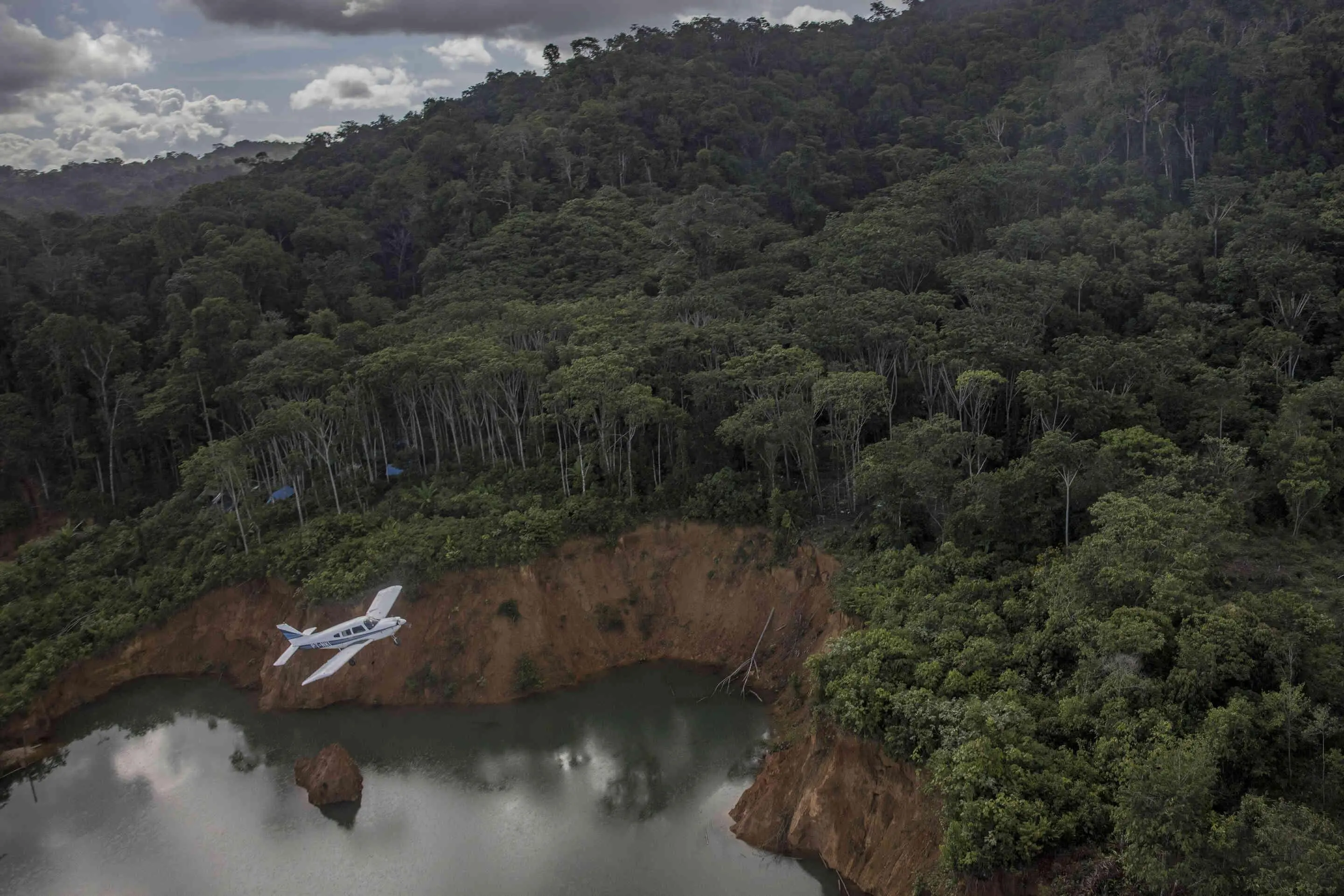
'The Illegal Airstrips Bringing Toxic Mining to Brazil’s Indigenous Land'
A powerful example of the in-depth collaborative investigations at the heart of our Rainforest Investigations Network (RIN), combining sophisticated data analysis and shoe-leather reporting to expose illegal mining activities across Brazil's Amazon.
— Jon Sawyer, President and CEO
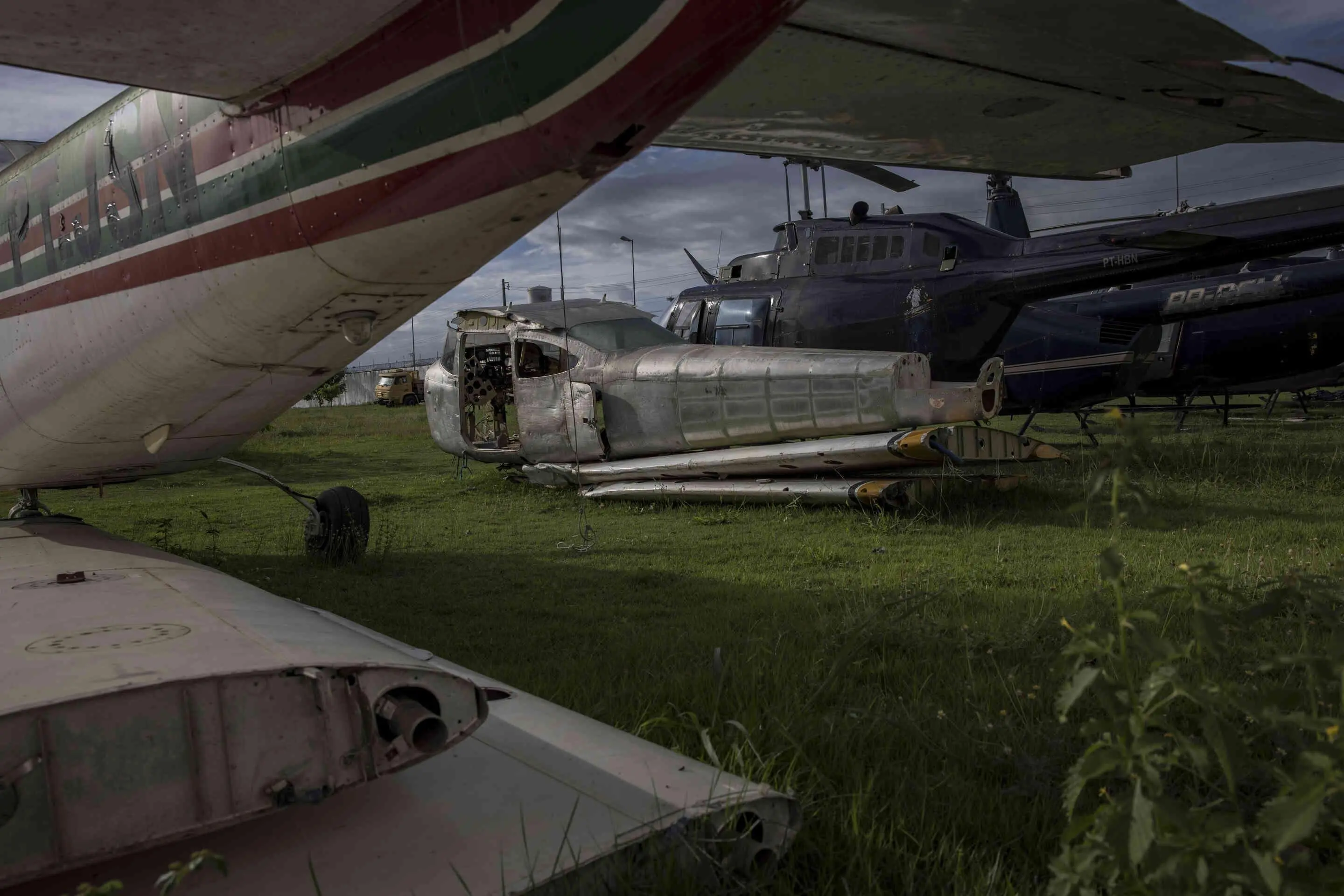
'The Illegal Airstrips Bringing Toxic Mining to Brazil’s Indigenous Land (Portuguese)'
This story combines all the elements that both the Pulitzer Center and RIN have been working hard to achieve—data-driven investigation, use of technology in reporting, engaging visual storytelling, global collaboration, and impacts.
Esta história combina todos os elementos que tanto o Pulitzer Center como o RIN têm trabalhado para conquistar: uma investigação conduzida por dados, tecnologia, fortes elementos visuais, colaboração internacional e, por fim, orientada a impactos reais.
— Kuek Ser Kuang Keng, Data Editor, Rainforest Investigations Network
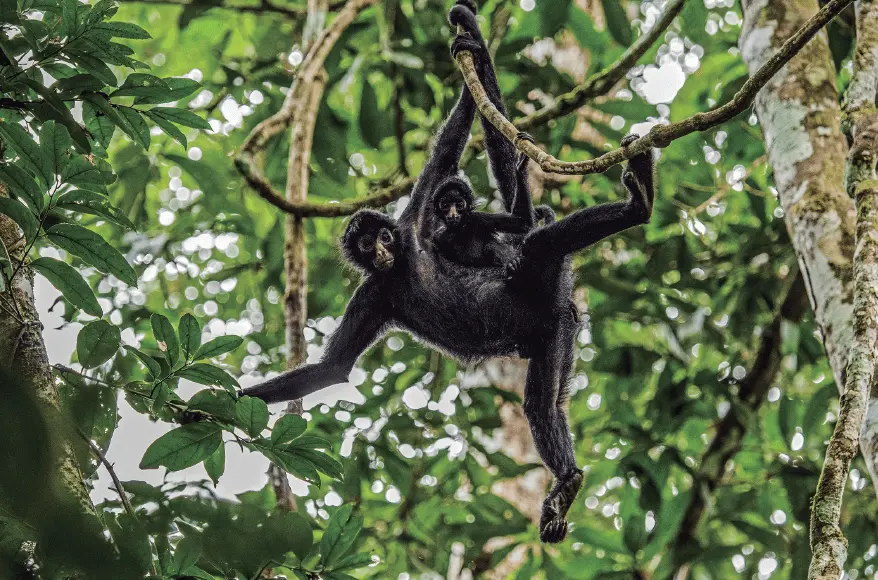
I love all the storytelling behind the shihuahuaco, a tree that can live for more than a millennium. This is a very powerful and almost poetic story about our interdependence with the forests. Susana Lay’s work has impacted public opinion in Peru on the importance of protecting this tree, and Congress is now discussing including it on a list for conservation.
— Jonatan Rodríguez, Amazon Outreach Coordinator
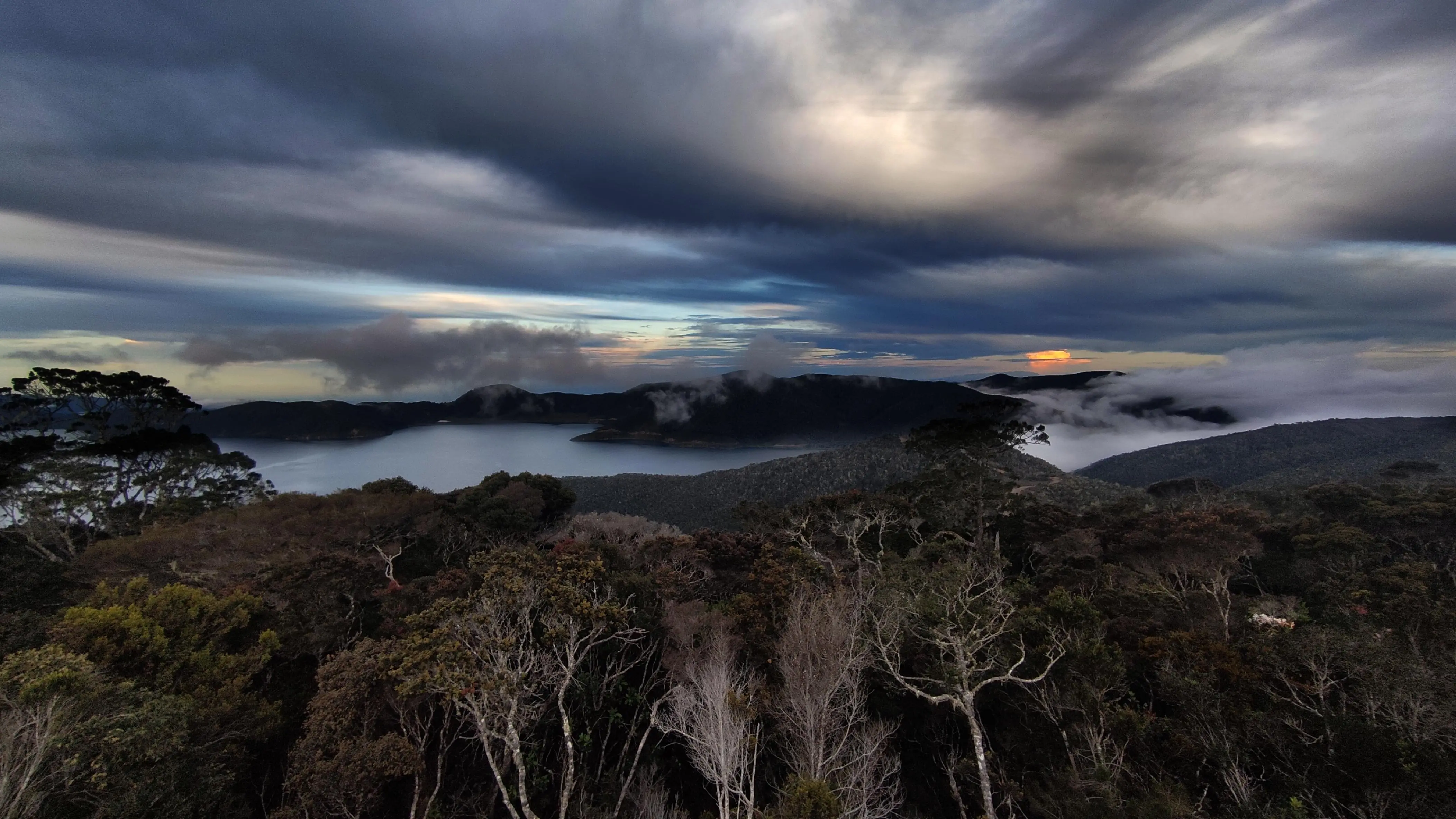
'Knitting Together Rainforest Diversity'
The last intact rainforest in Indonesia is in Papua, and it is under threat. No media has ever reported on biodiversity in Papua because the cost can be prohibitively expensive. RJF's grant helped uncover the richness of biodiversity in the Papua rainforest.
— Harry Surjadi, Southeast Asia Rainforest Journalism Coordinator
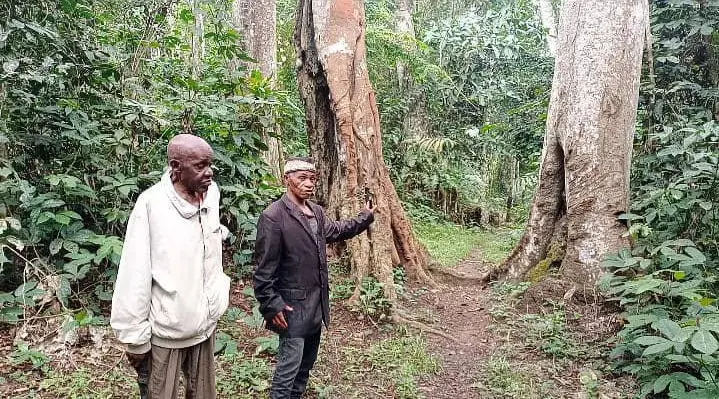
'How the Establishment of Sacred Forests Can Save the Eastern Forests of Cameroon'
Science and African tradition agree on the importance of sacred forests in the conservation of biodiversity, and more globally, in the protection of the environment.
— Augustine Kasambule, Congo Basin Rainforest Journalism Coordinator
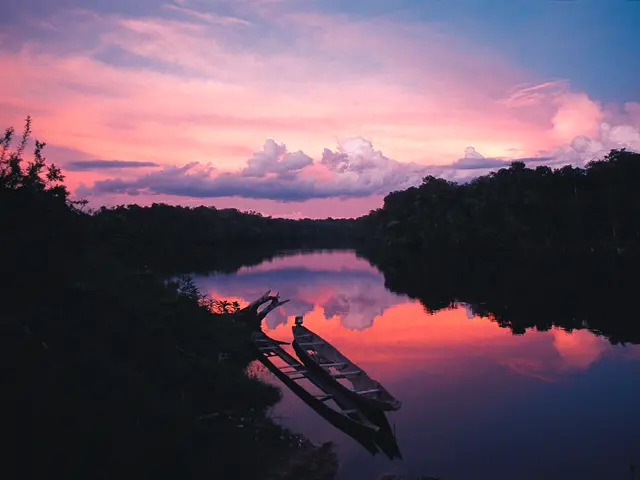
'The Yuruparí Jaguars’ Territory Divided by a Carbon Credit Project'
Covering carbon credits is one of the most challenging jobs for a journalist nowadays. RIN Fellow Andrés Bermúdez Liévano provides an in-depth look, using graphics and accessible language, on how carbon credit projects of REDD+, which claim to curtail deforestation, are fracturing Indigenous communities in Colombia.
— Gustavo Faleiros, Environment Investigations Editor
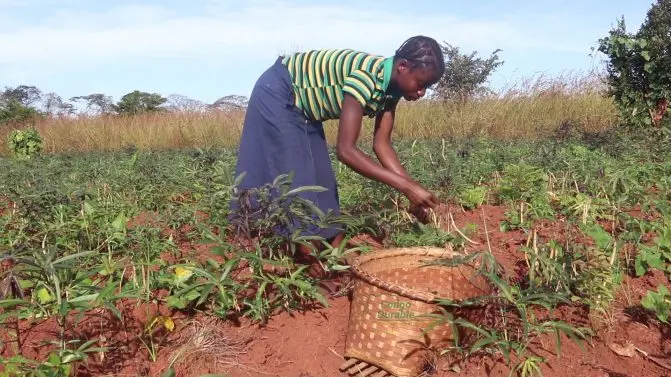
'Kalamba: When Beans and Corn Eat the Gallery Forests'
The human angle is an important point for articles on the environment in the Global South. This report highlights the delicate relationship between deforestation and the challenge of food security in forest-dependent communities. These communities face difficult choices after the forest is cut down.
La dimension humaine est un point important dans tous les articles sur l'environnement dans les pays du Sud. Ce rapport met en évidence la relation délicate entre la déforestation et le défi de la sécurité alimentaire dans les communautés dépendantes des ressources forestières. Ces communautés sont confrontées à des choix difficiles après la disparition de la forêt.
— Afy Malungu, Outreach Coordinator, Congo Basin
Health, COVID-19
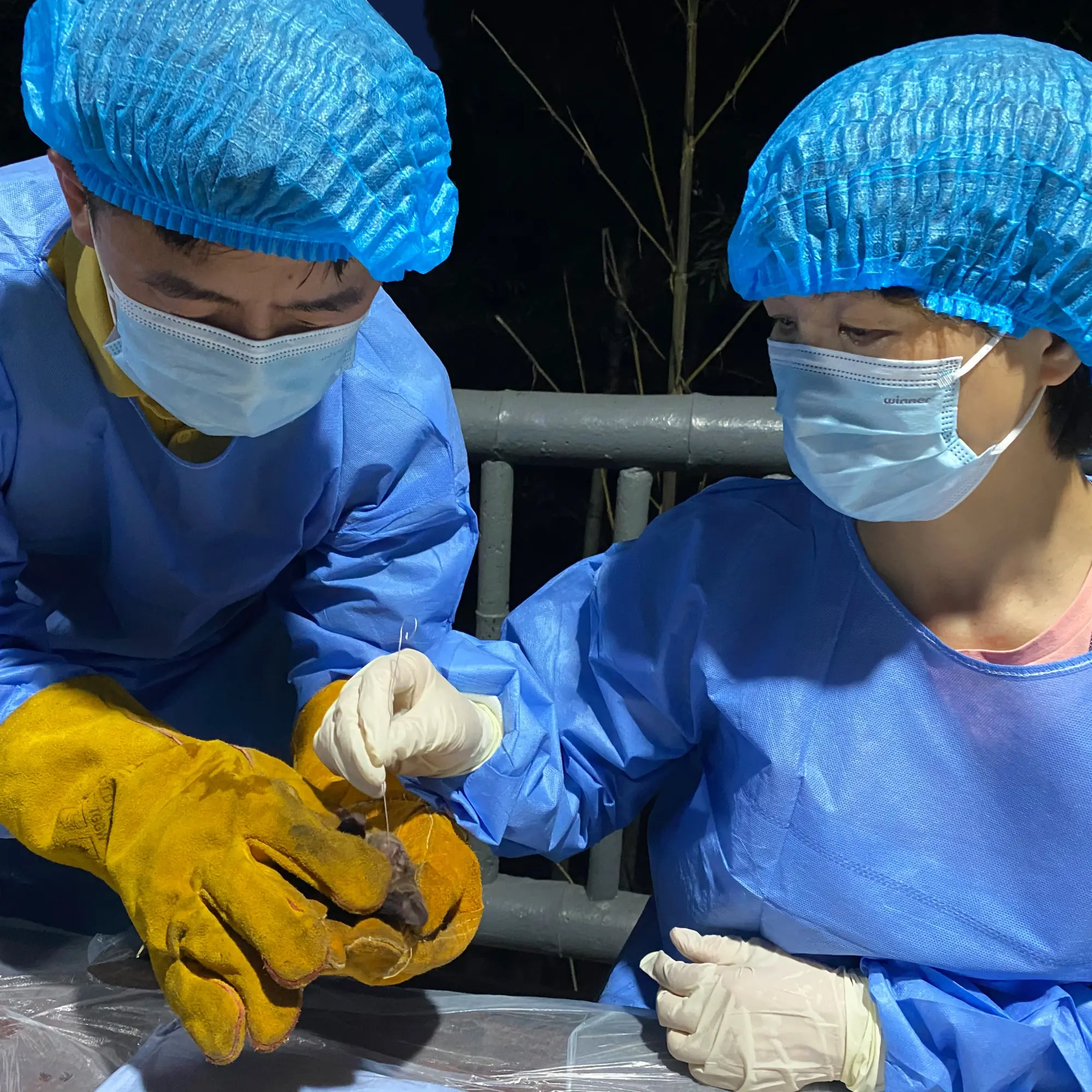
'Meet the Scientist at the Center of the Covid Lab Leak Controversy'
This story will make your jaw drop—not only for what it teaches us about coronavirus research, but also for its thoroughness and composure in covering one of the most contentious debates of the 21st century. (Reporter Jane) Qiu dissects the search for answers on the origins of COVID-19 with a steady hand.
— Alexandra Waddell, Copy Editor Assistant

'One Woman’s Quest To Defy the Odds of Addiction'
Aryana Noroozi's work reminds me how important it is to center people and communities when reporting on addiction. By sharing an Illinois mother's story, Noroozi invites readers to find common ground and seek their own local solutions.
— Holly Rosewood, Program Manager, Campus and Outreach
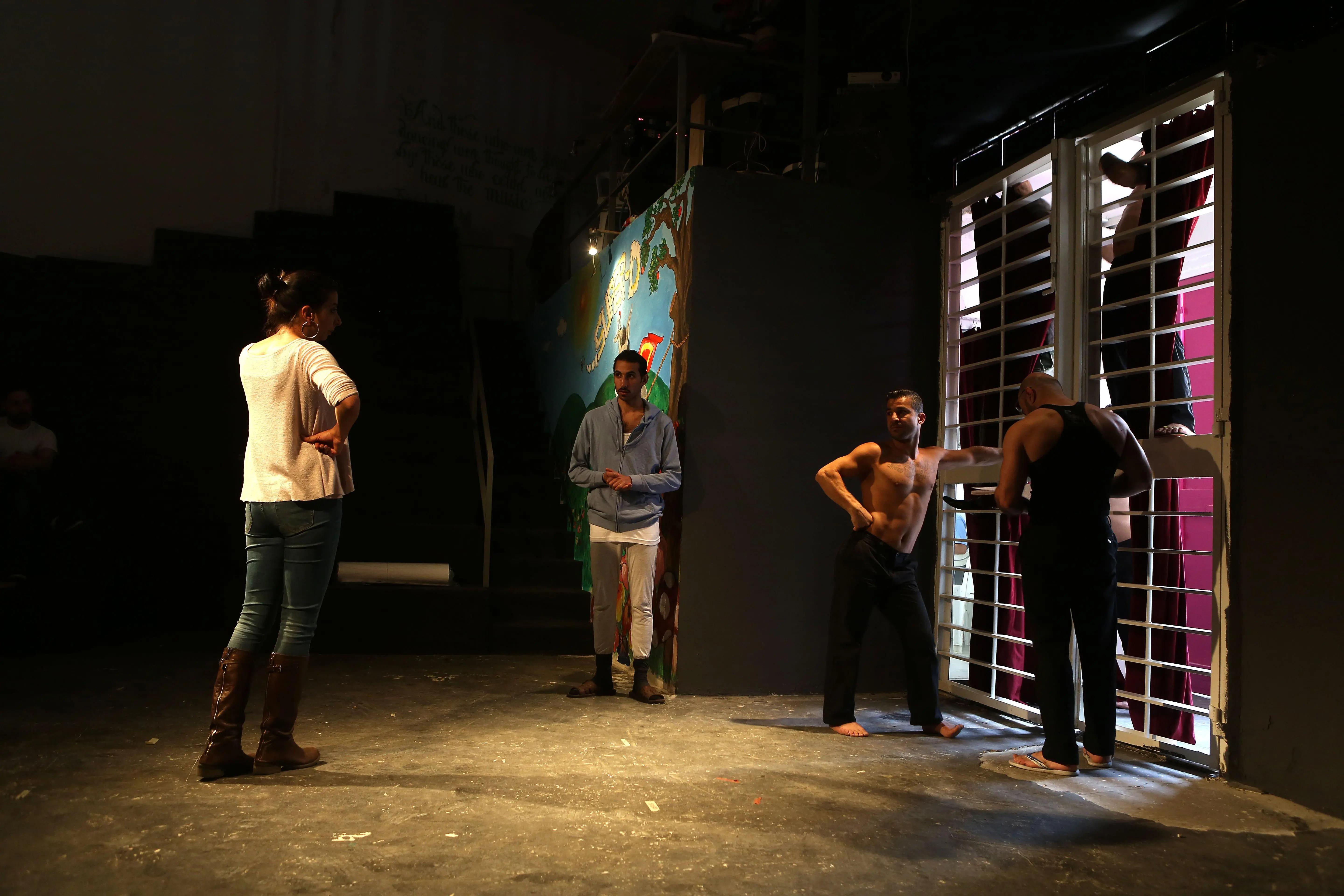
'Lebanon: Drama Therapist Helps Inmates With Mental Illnesses While Pushing for Reform'
How does “an actor-turned-psychologist-turned filmmaker” in Lebanon help incarcerated people suffering from mental illness? Reporting Fellow Meera Santhanam profiles Zeina Daccache, a drama therapist, who spearheads a program that could become a model worldwide.
— Kem Sawyer, Reporting Fellows Program Director
Indigenous Rights
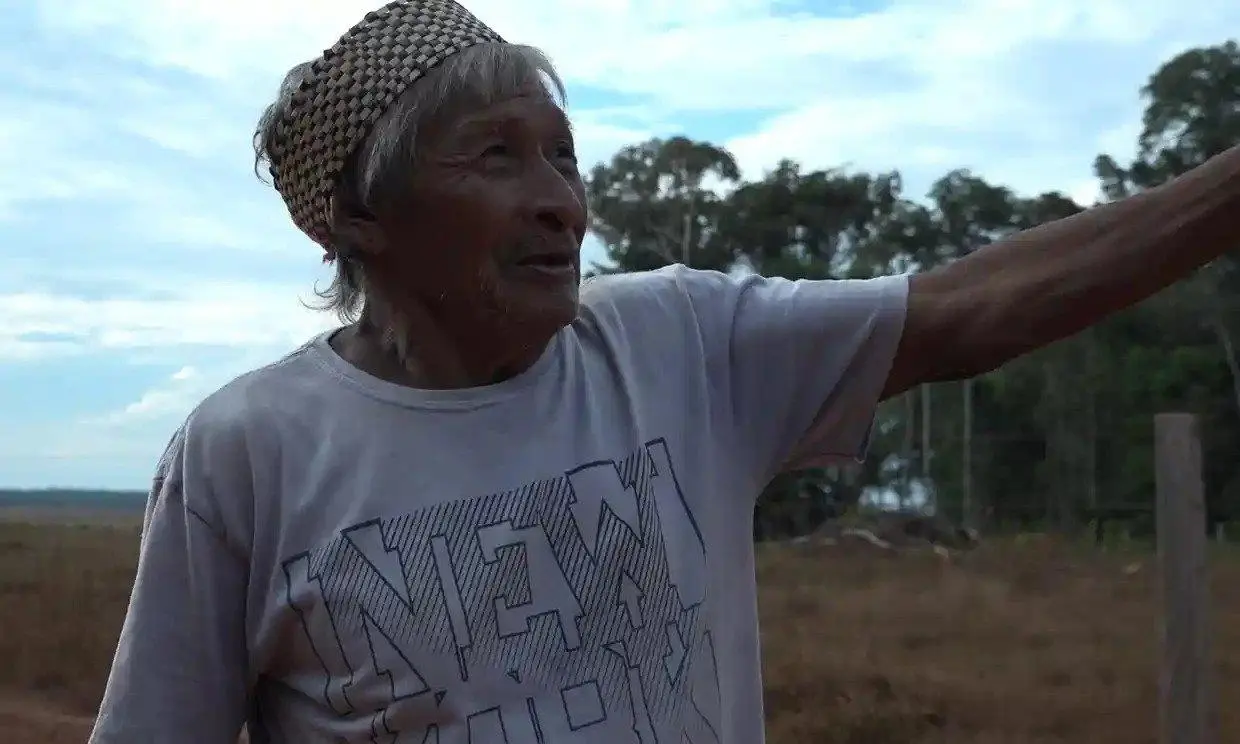
'What Does Your Food Have To Do With the Invasion of Indigenous Land?'
From the Amazon to your kitchen table: This story illustrates how global capitalism, the drive for profit, and consumer choices are responsible for destroying Indigenous communities that have been living sustainably for centuries.
— Jelter Meers, Program Manager, Rainforest Investigations Network
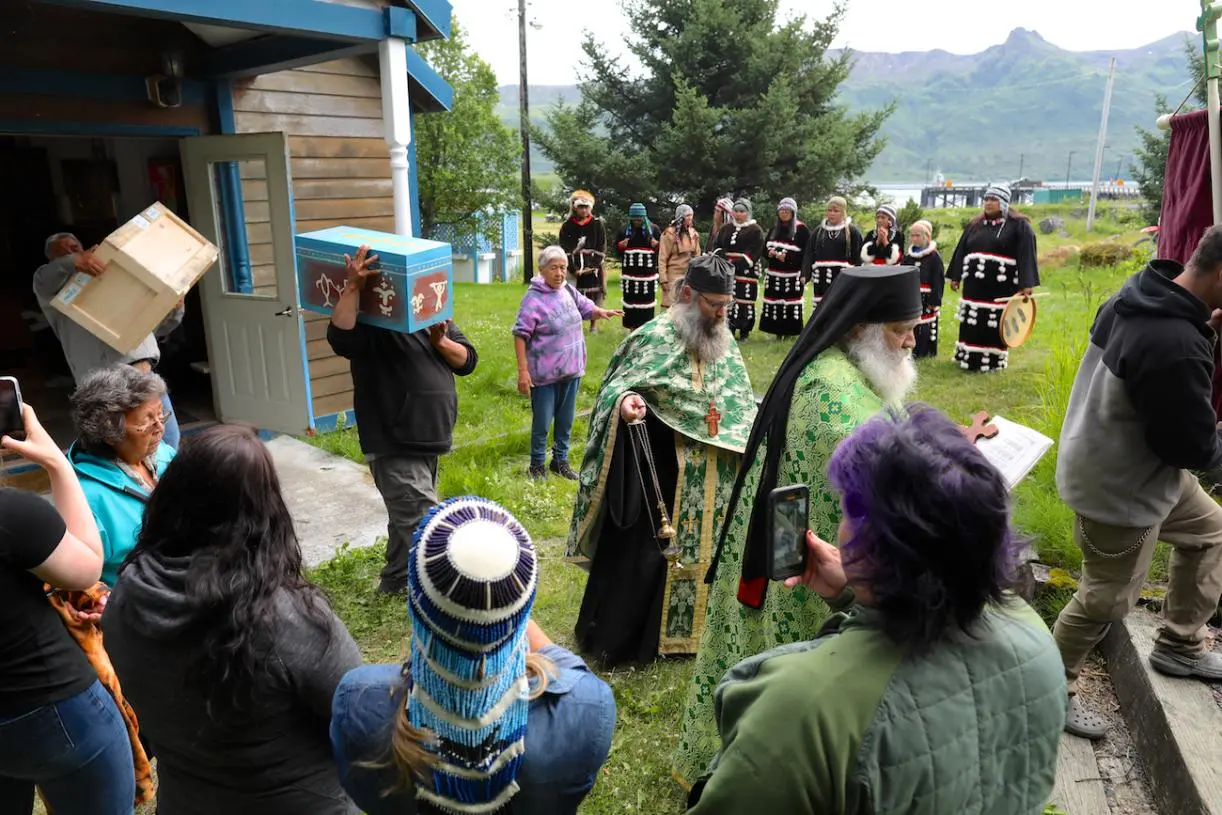
Through powerful imagery and storytelling, Bringing Anastasia Home depicts the beauty of Anastasia Ashouwak’s repatriation to her ancestors in Alaska after 121 years away. While the story highlights the brutal legacy of Indian boarding schools in the United States, it is one of joy, tradition, and hope.
— Sarah Swan, Director of Communications and Audience Engagement
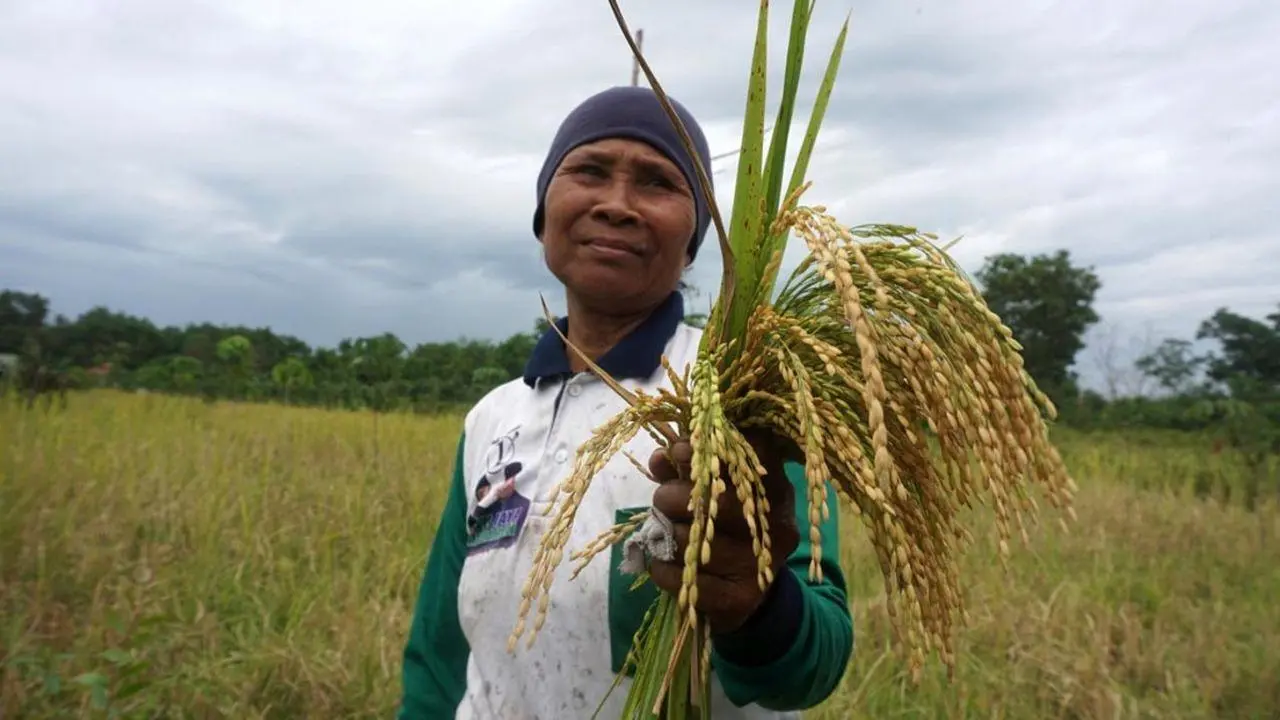
'The Collapse of Kalimantan's Dayak Food Barns'
The Indigenous Dayak's cultural identity and food security are being threatened by a nationwide food estate program in Kalimantan. Regulations have forbidden the Dayak from practicing their traditional farming and ritual cycles, causing detrimental impacts to the community's socio-economic stability and environmental health.
Identitas budaya dan ketahanan pangan Masyarakat Adat Dayak terancam oleh program nasional di Kalimantan Tengah. Terdapat peraturan yang melarang masyarakat Dayak menjalankan praktik pertanian turun temurun dan upacara ritual mereka sehingga menyebabkan dampak yang merugikan bagi stabilitas sosial-ekonomi masyarakat dan kesehatan lingkungan.
— Detty Saluling, Senior Program Manager, Rainforest Journalism Fund
LGBTQIA Rights
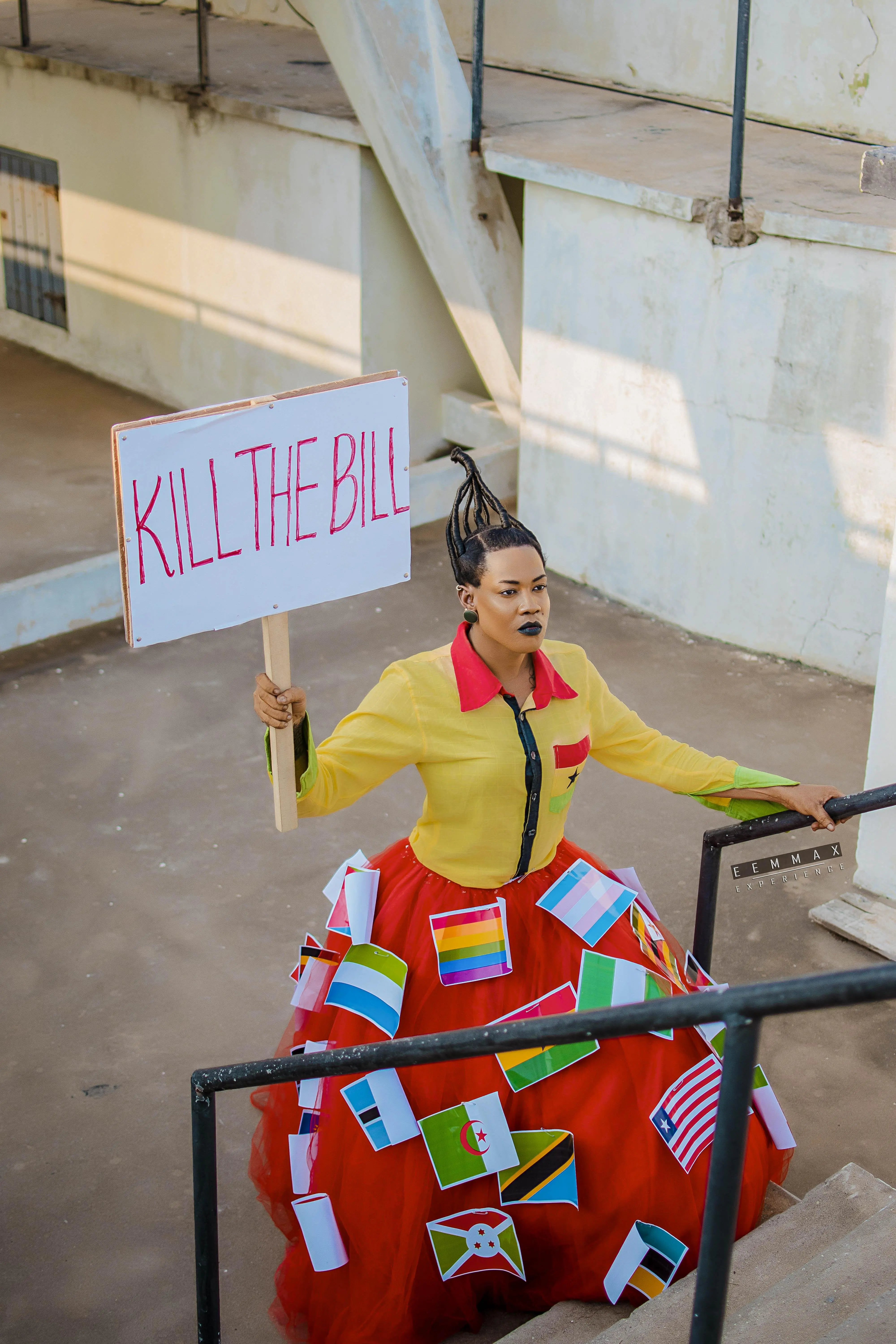
'For Ghana’s Only Openly Transgender Musician, "Every Day Is Dangerous"'
Kwasi Gyamfi Asiedu’s profile of transgender musician Maxine Angel Opoku, whose music turned to advocacy after a bill was proposed in Ghana that would criminalize openly identifying as gay, transgender, or queer, is a truly compassionate and powerful portrait of the strength of artists in the face of injustice.
— Fareed Mostoufi, Associate Director of Education and DEI Lead

'Tam's Comeback: Diary of First Visit Home After Transitioning'
The vibrant use of colors and humor in Irina Werning's photos are a perfect complement to the story’s themes of creativity, diversity, and pride on the journey of self-identity.
— Elliott Adams, K-12 Communications and Marketing Assistant
Migration and Refugees
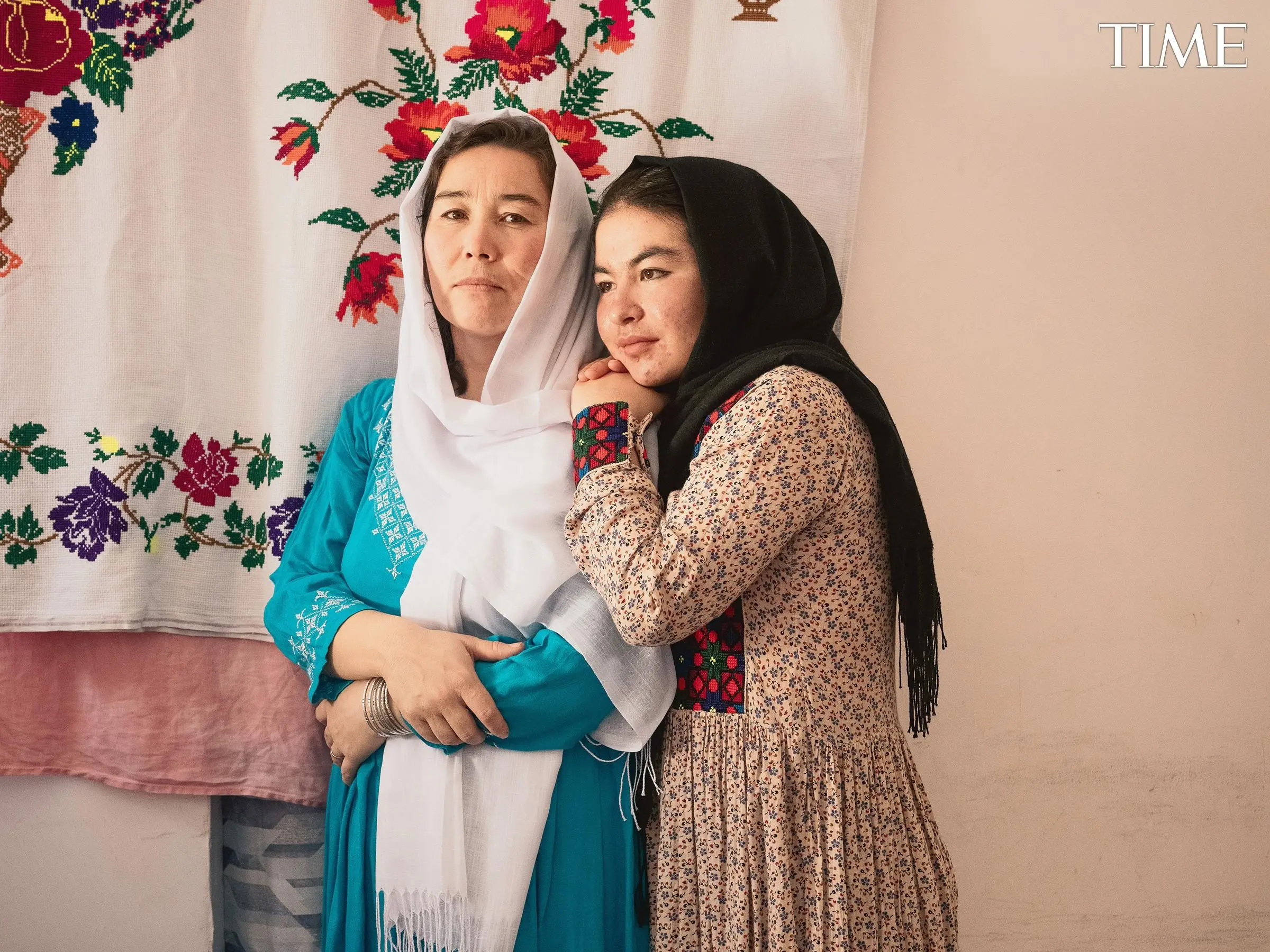
This project weaves powerful portrait photographs and interviews of women who have left Afghanistan with so much intimacy and care. The reporting evokes feelings of both hope and loss and highlights the agency of a community who is often discussed but who rarely get to tell their own stories.
— Sushmita Jaya Mukherjee, Program Manager, K-12 Education
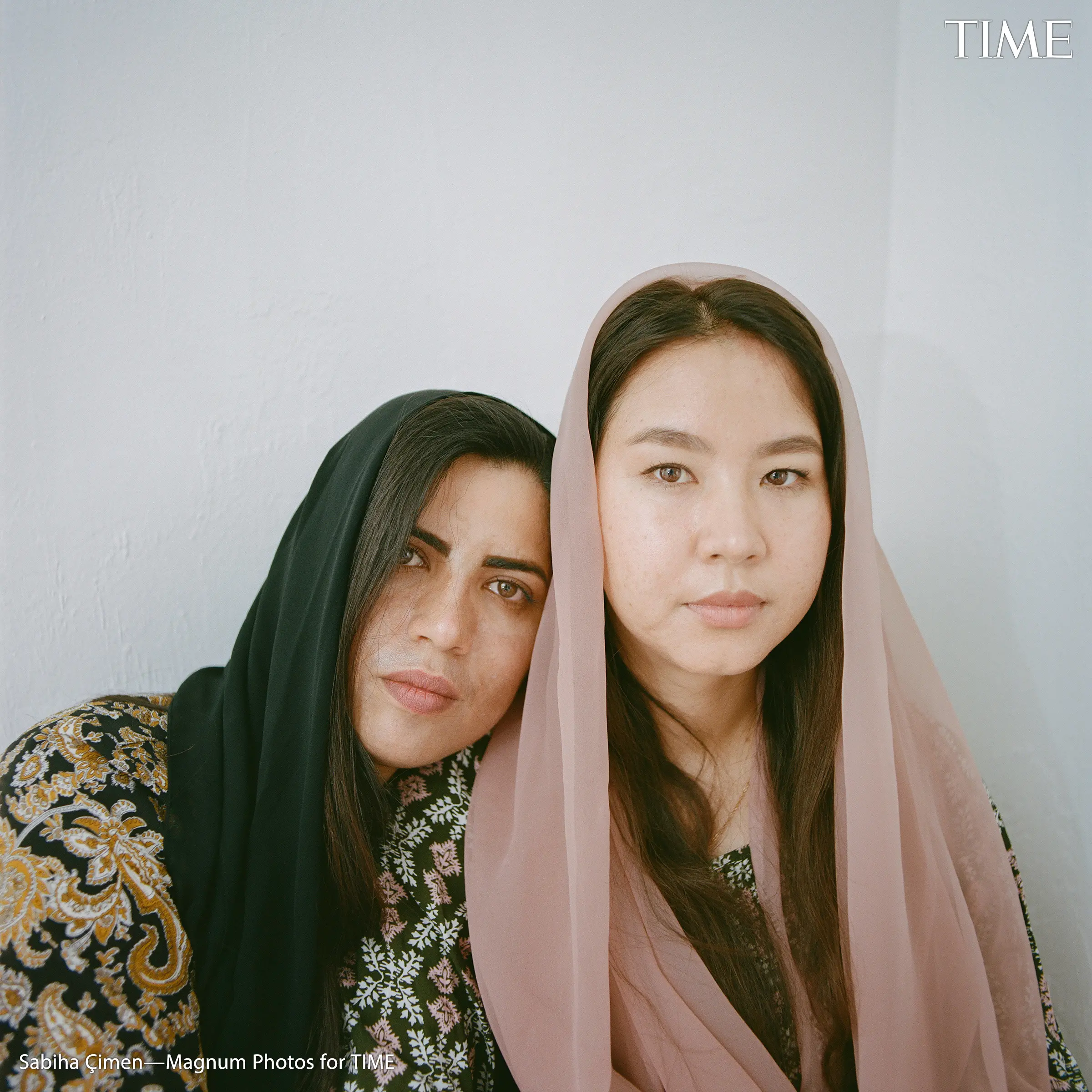
After the fall of Kabul, when the Taliban returned to power in Afghanistan, there were countless stories on the horrific plight of Afghan women. The TIME piece was different; it was a story of the women's resilience.
— Dana Thompson, Publishing Manager
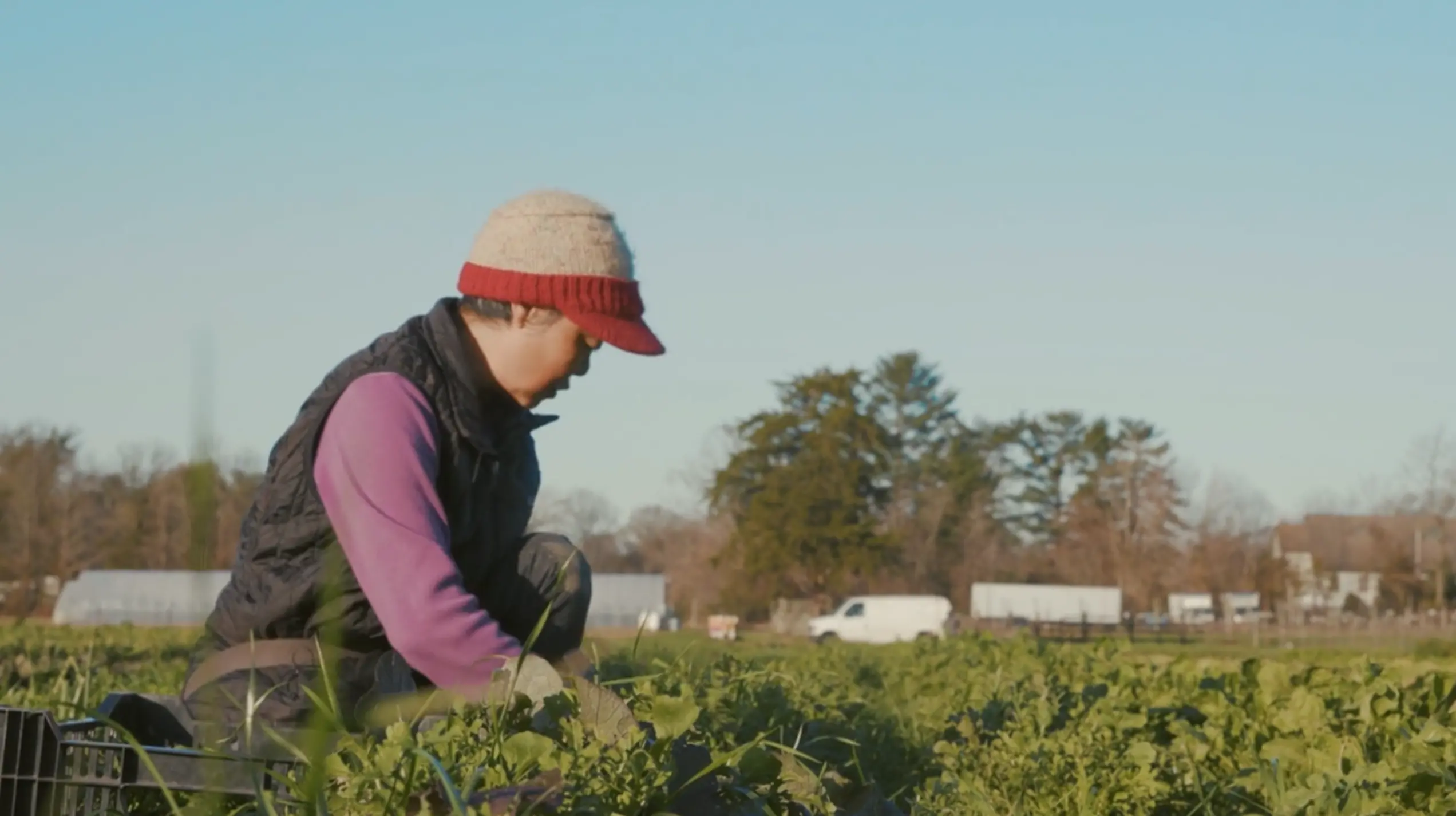
'Seasons: A Story of Succession on a New Jersey Farm'
Seasons is a beautifully crafted story that documents a mother and daughter relationship as they uphold their family farm. The film underscores their generational differences and similarities as they explore the farm's future stewardship, and is full of nuanced themes such as identity, belonging, and transformation, allowing each viewer to leave with a unique takeaway.
— Daniel Vasta, Multimedia and Digital Marketing Coordinator
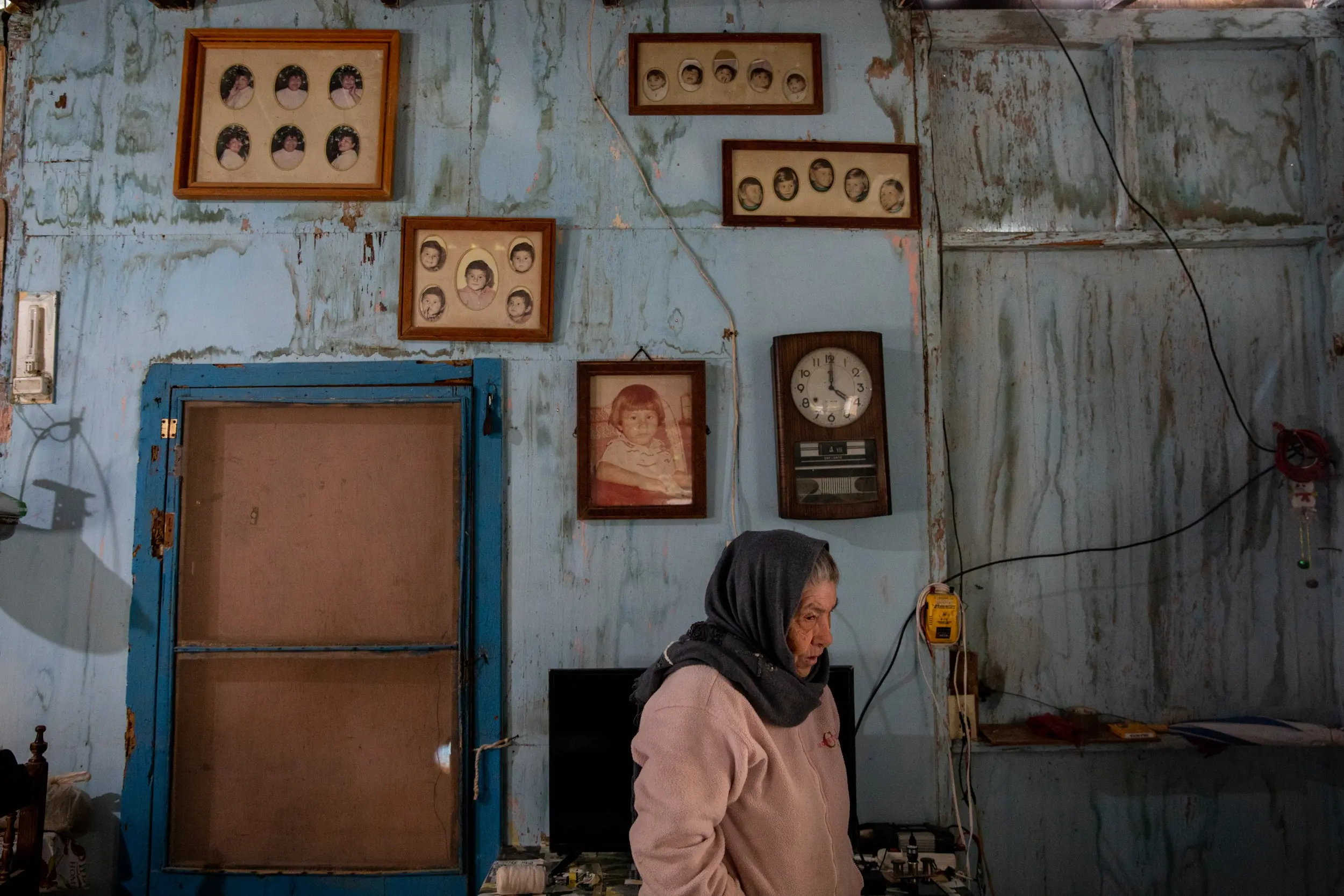
Only 21 people remain in the dwindling San Jose de Gracia community in Mexico, but these 21 people hold generations of rich cultural traditions and localized environmental knowledge that will soon be lost to climate migration. With Sofia Aldinio’s intimate photos, their story lives on a little bit longer.
— Lucy Crelli, Design and Digital Campaign Manager
Conflict and Peace Building
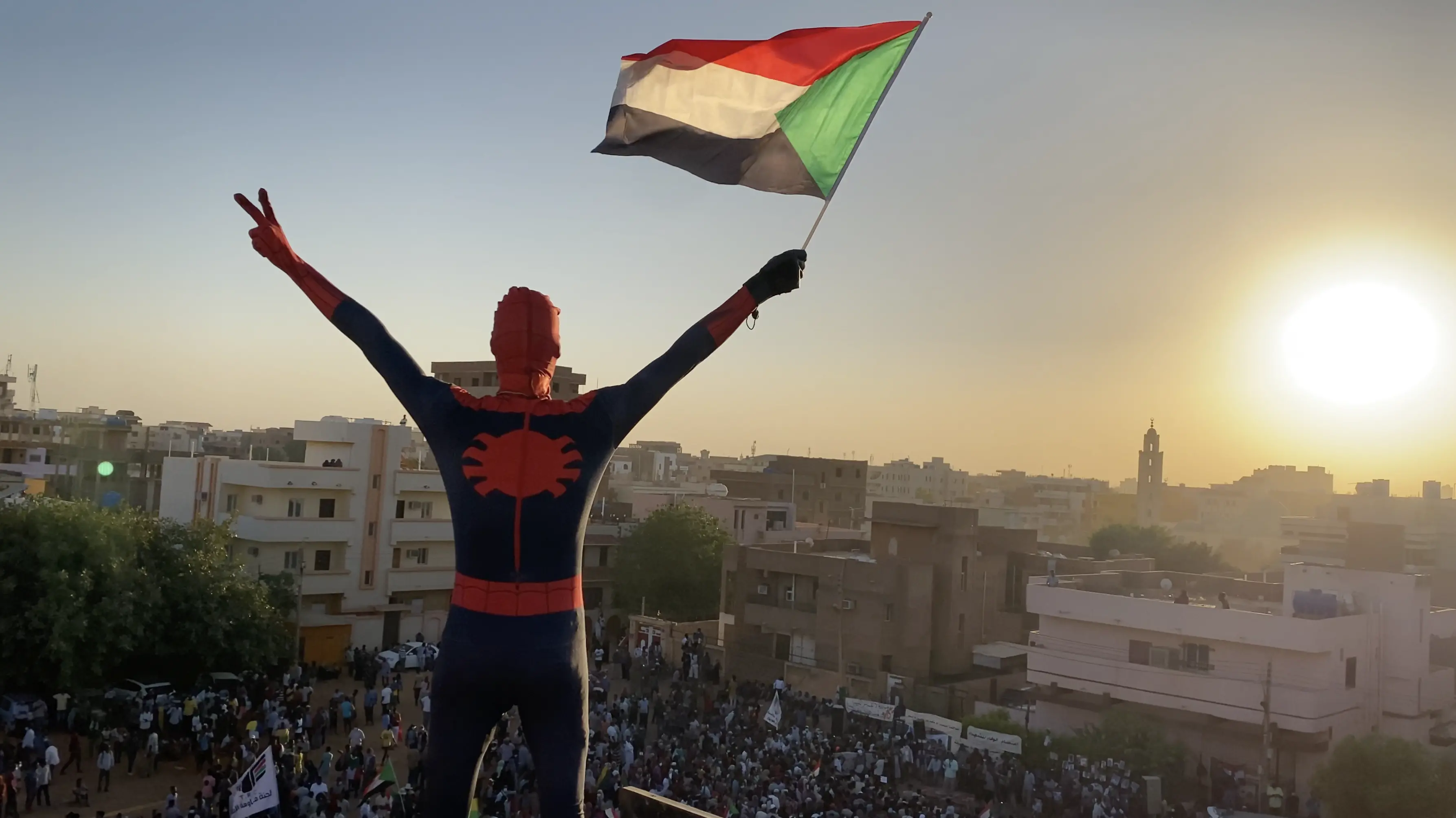
This one surprised me. I'm not a fan of superhero films, but Phil Cox and Rafa Renas found a very engaging (and brave) character to take us inside the anti-government protests in Khartoum. It was a thrill to see Cox and Renas get a standing ovation after a screening at Northwestern University in Qatar.
-Tom Hundley, Senior Editor
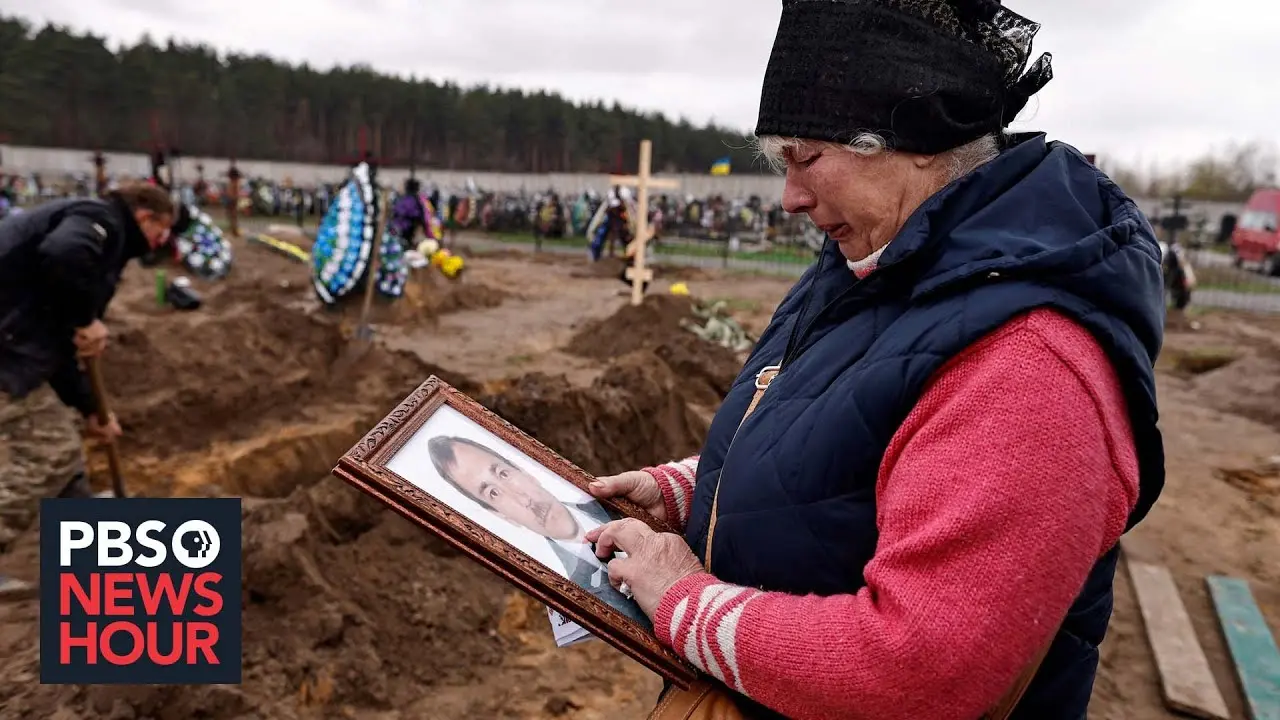
'Global Accusations of Genocide Rage As Bloody Scenes Rise in Ukraine'
We hear words: civilian deaths, grim accountings, war crimes. The faces of survivors and of those investigating these atrocities tell us so much more. This PBS NewsHour story by Simon Ostrovsky is only one from Russia's war against Ukraine. It reminds me of why journalists need to be present to document and inform.
- Ann Peters, University and Community Outreach Director
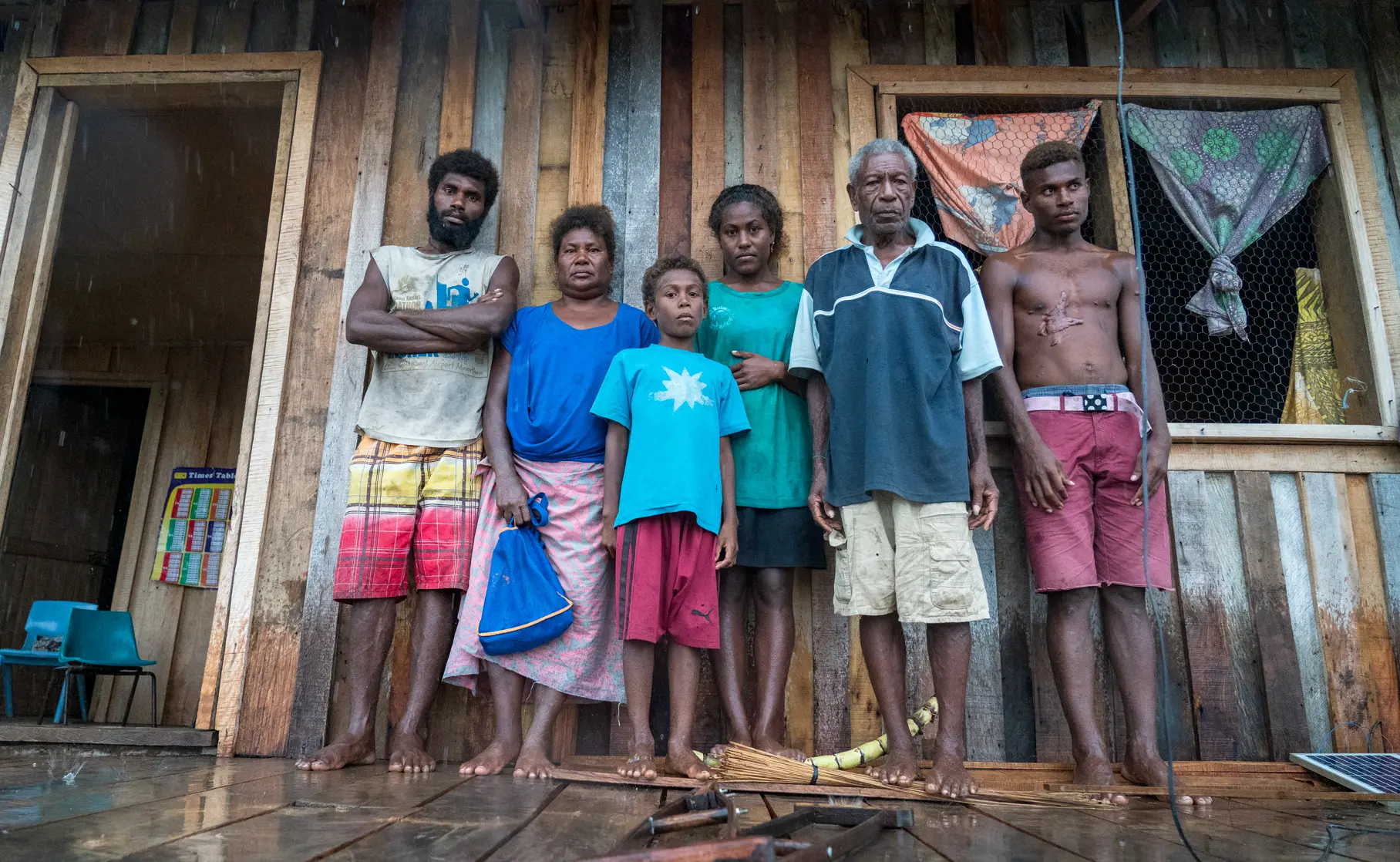
'World War II Is Still Killing People in the Solomon Islands'
With sensitive writing, powerful photos, and methodical reporting, this series documents how Japan, the U.S., and the world have failed to rid the Solomon Islands of WWII unexploded ordnance that is killing and maiming people. A classic example of people-focused investigative reporting.
-Susan Ferriss, Senior Editor
Children and Youth

‘"The Talk"': These Teens From Rural Utah Are Filling "The Gaps" in Sex Ed'
Education content is habitually debated by policymakers, commentators, and other adults without any students in the room. This story centers the voices of young people who explain why access to sex education matters to them and uplifts their work to share knowledge and shatter stigma.
-Hannah Berk, Senior Program Manager, K-12 Education
Social Justice
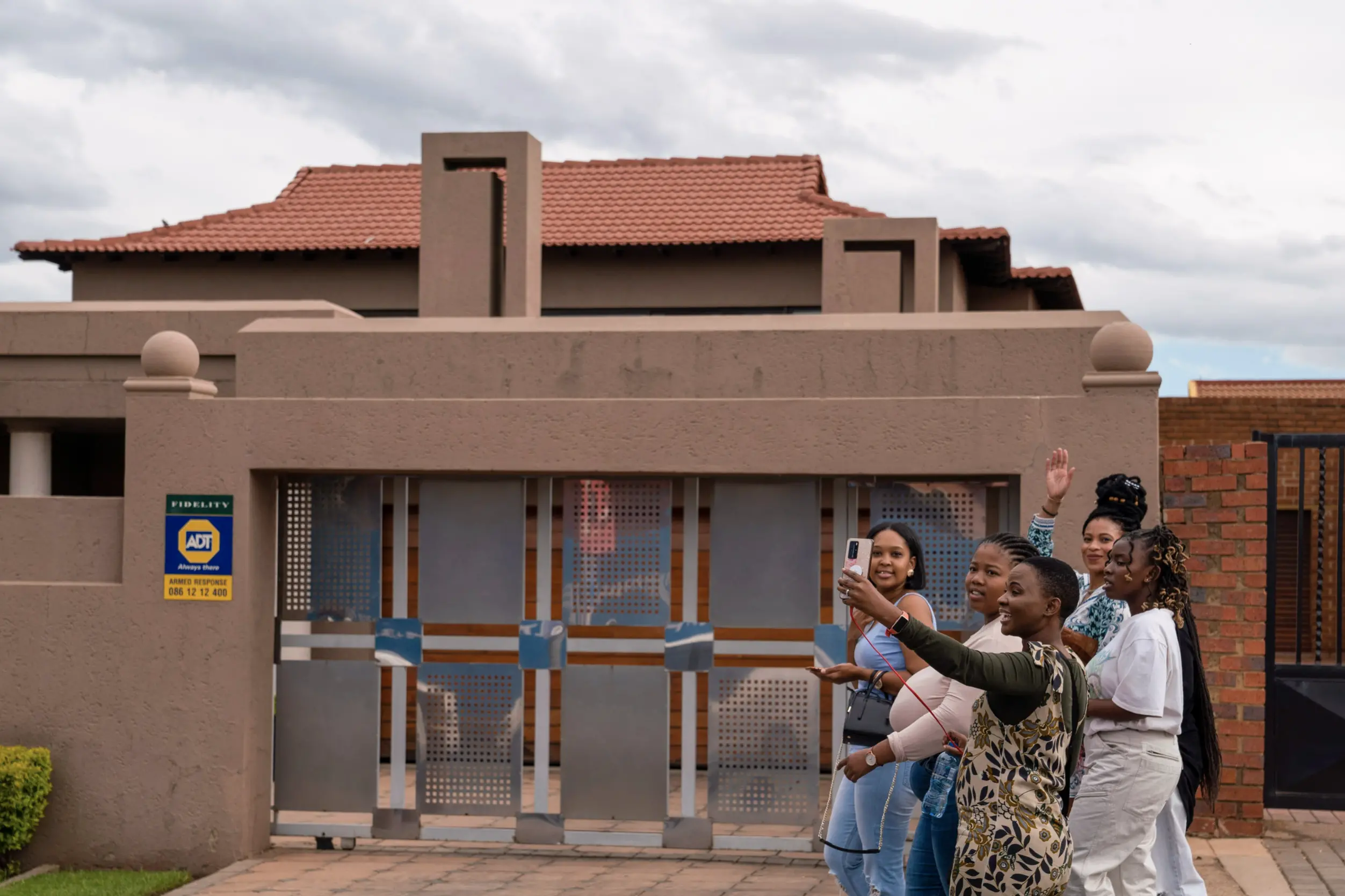
'Artificial Intelligence Is Creating a New Colonial World Order'
A superbly conceived and executed cross-border collaboration that explores how the AI industry is repeating the patterns of colonial history in the Global South. Rather than taking an easy doom-and-gloom approach, the series digs into the harder question of how things might be different.
-Marina Walker Guevara, Executive Editor
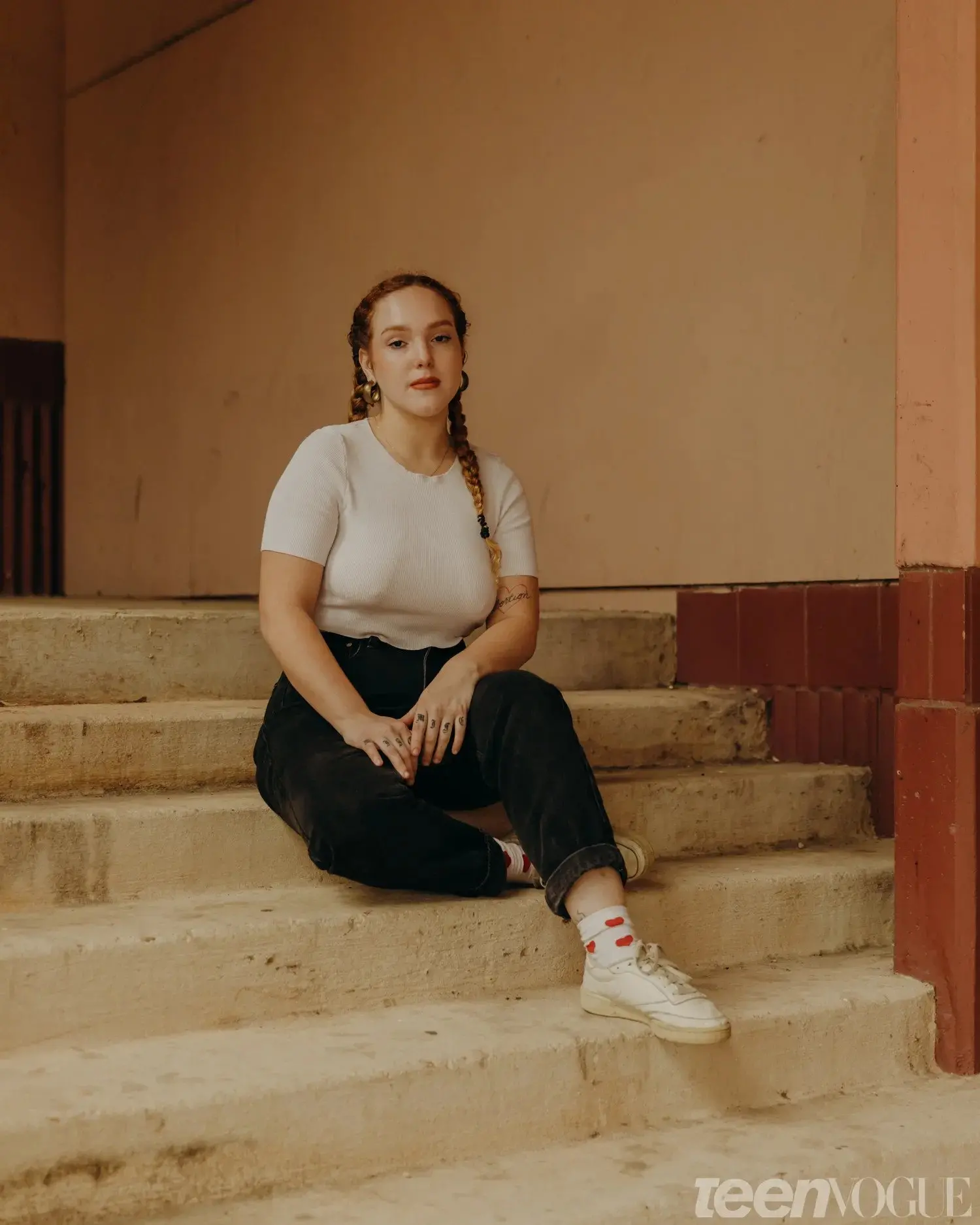
'Retracing the Steps of My Abortion'
By humanizing a polarizing issue in America and showing the complexities of abortion, from the management of clinics to the process of receiving one, this story reminds us why the choice matters.
-Katherine Jossi, Editorial and Communications Assistant

'Tracked: How Colleges Use AI To Monitor Student Protests'
This story touches on one of the most crucial, but underreported, issues in technology nowadays: surveillance.
-Rio Tuasikal, Intern, Rainforest Journalism Fund

Natalia Perez-Gonzalez's documentary is an important portrait of the Afro-feminist-led fight for reproductive rights and access in the Dominican Republic—especially in the wake of the U.S. Supreme Court's overturning of Roe v. Wade.
-Libby Moeller, Reporting Fellows Program Coordinator
Governance
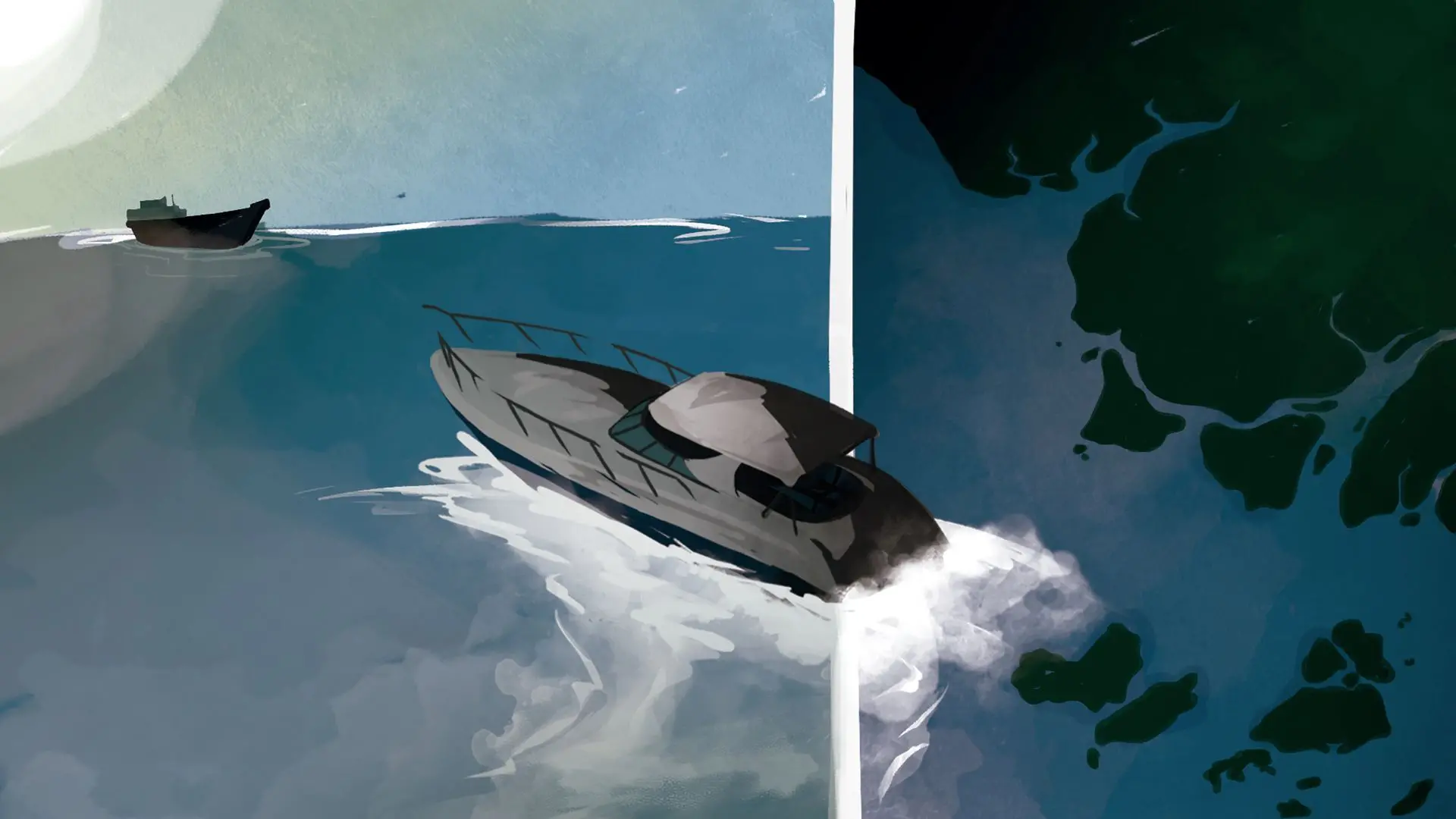
This is a story about how cocaine from Mexico is trafficked through Guinea-Bissau to Europe and elsewhere, and what happened when a newly elected president went after those who tried to fight drug lords. A stunning cross-border collaboration by investigative journalists from Portugal, Mali, and Mexico.
Esta é uma história sobre como a cocaína do México é traficada através da Guiné-Bissau para a Europa e outros lugares, e o que aconteceu quando um presidente recém-eleito perseguiu aqueles que tentaram enfrentar os traficantes. Uma impressionante colaboração internacional entre jornalistas investigativos de Portugal, Mali e México.
-Boyoung Lim, Senior Editor, AI Network Manager
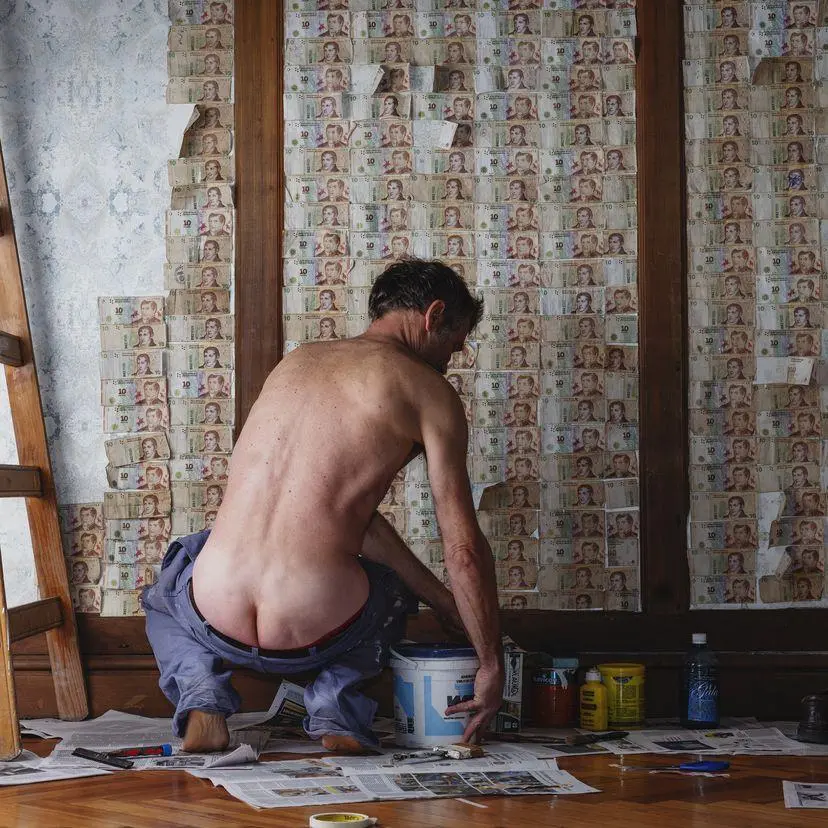
'What Can Argentina Teach the World About Inflation? (Spanish)'
Not only are Irina Werning's photos wonderfully creative and engaging, but they also bring life to the economic concept of inflation through real human experiences. Her story for El País is a great example of how news from one country can be made relevant for a global audience, because inflation affects us all.
Las fotos de Irina Werning no sólo son maravillosamente creativas y atractivas, sino que también dan vida al concepto económico de la inflación a través de experiencias humanas reales. Su artículo para El País es un magnífico ejemplo de cómo las noticias de un país pueden hacerse relevantes para una audiencia global, porque la inflación nos afecta a todos.
-Grace Jensen, Editorial Intern

'With Piles of Cash, Big Investors Become NC’s Top Rental-Home Landlords'
Dukes, Guion, and Rago document a self-optimizing corporate takeover of the Charlotte region's rental market. Bankrolled by "rental-backed-securities" which ring ominously of the early 2000's mortgage-backed-securities and consequent CDOs, these new landlords push prices up and longtime tenants, out. Combining wonkish analysis with compassionate storytelling, the interactive Security for Sale reads like a premonition.
-Ethan Widlansky, Editorial Intern
Support our work
Your support ensures great journalism and education on underreported and systemic global issues
